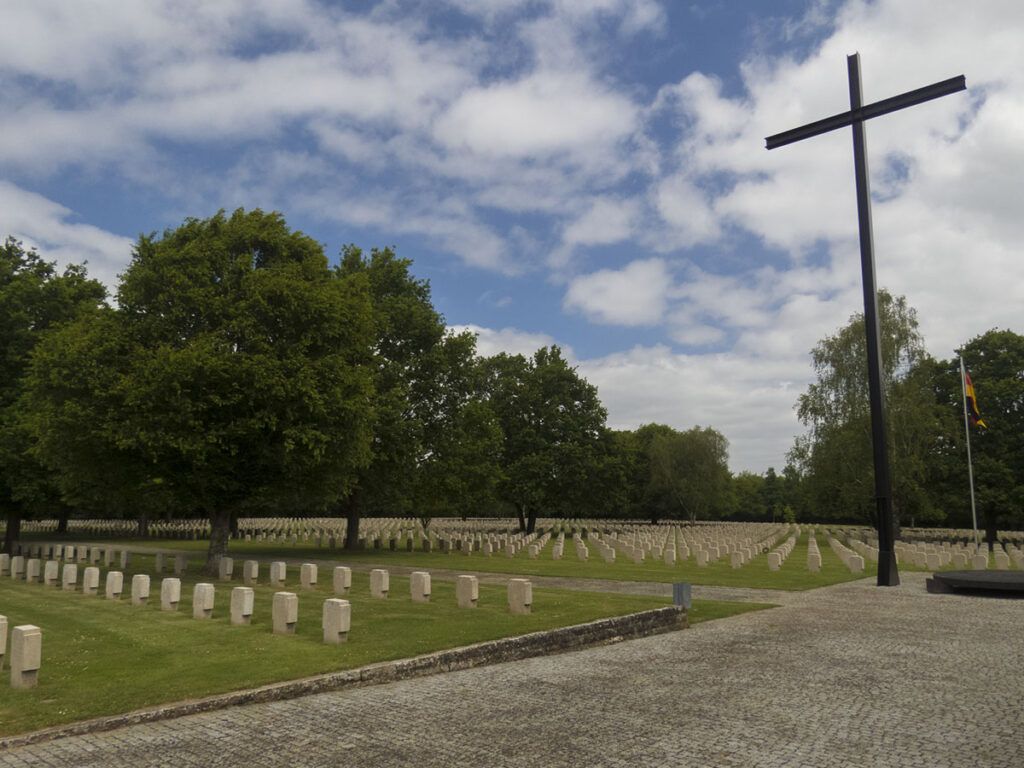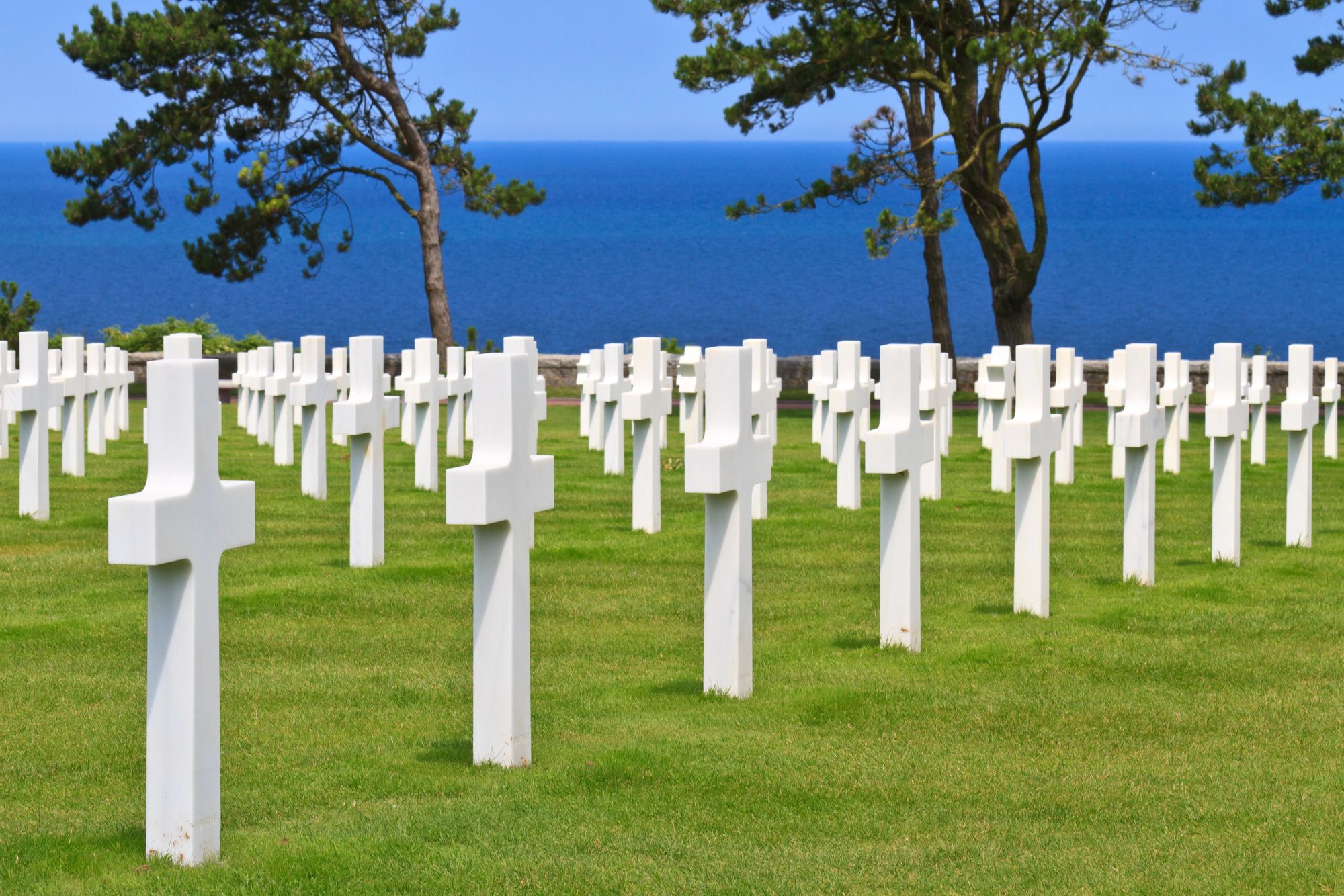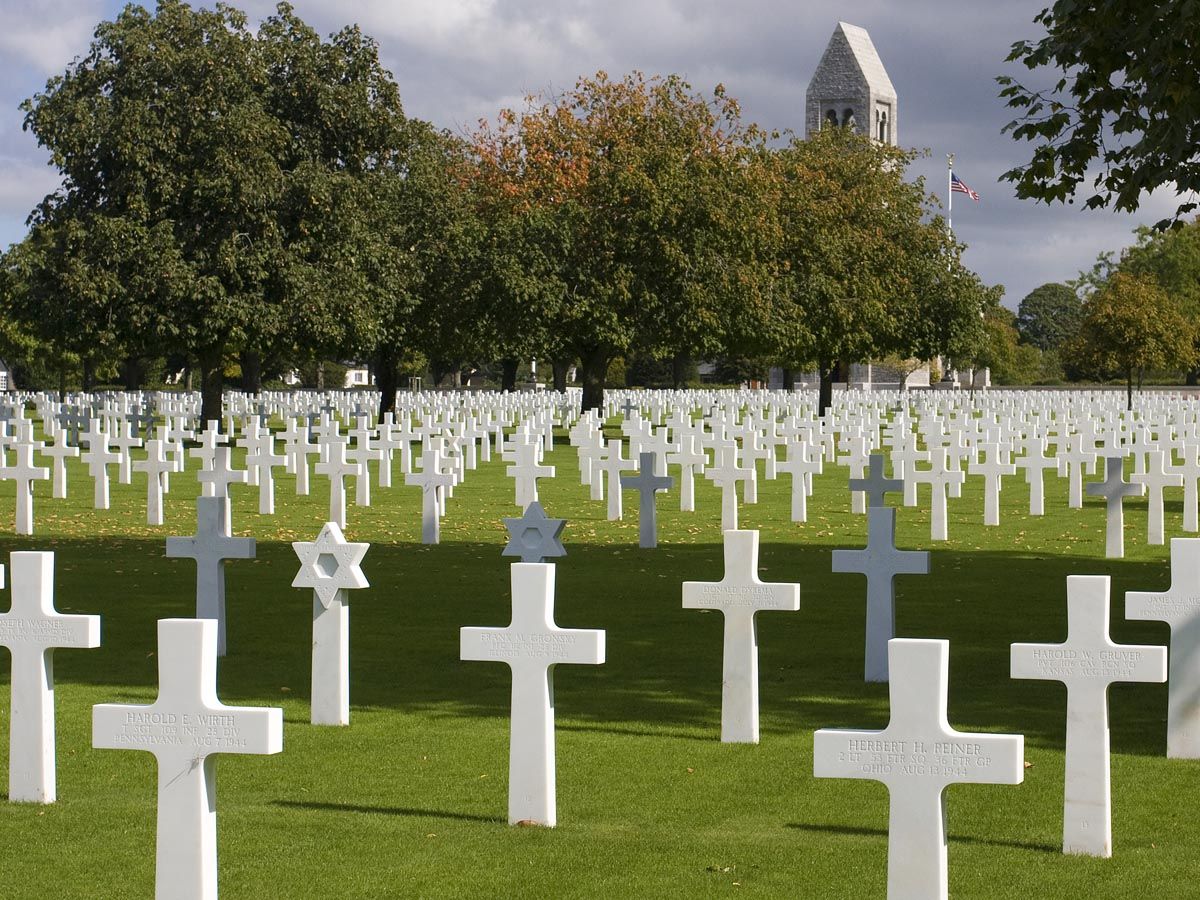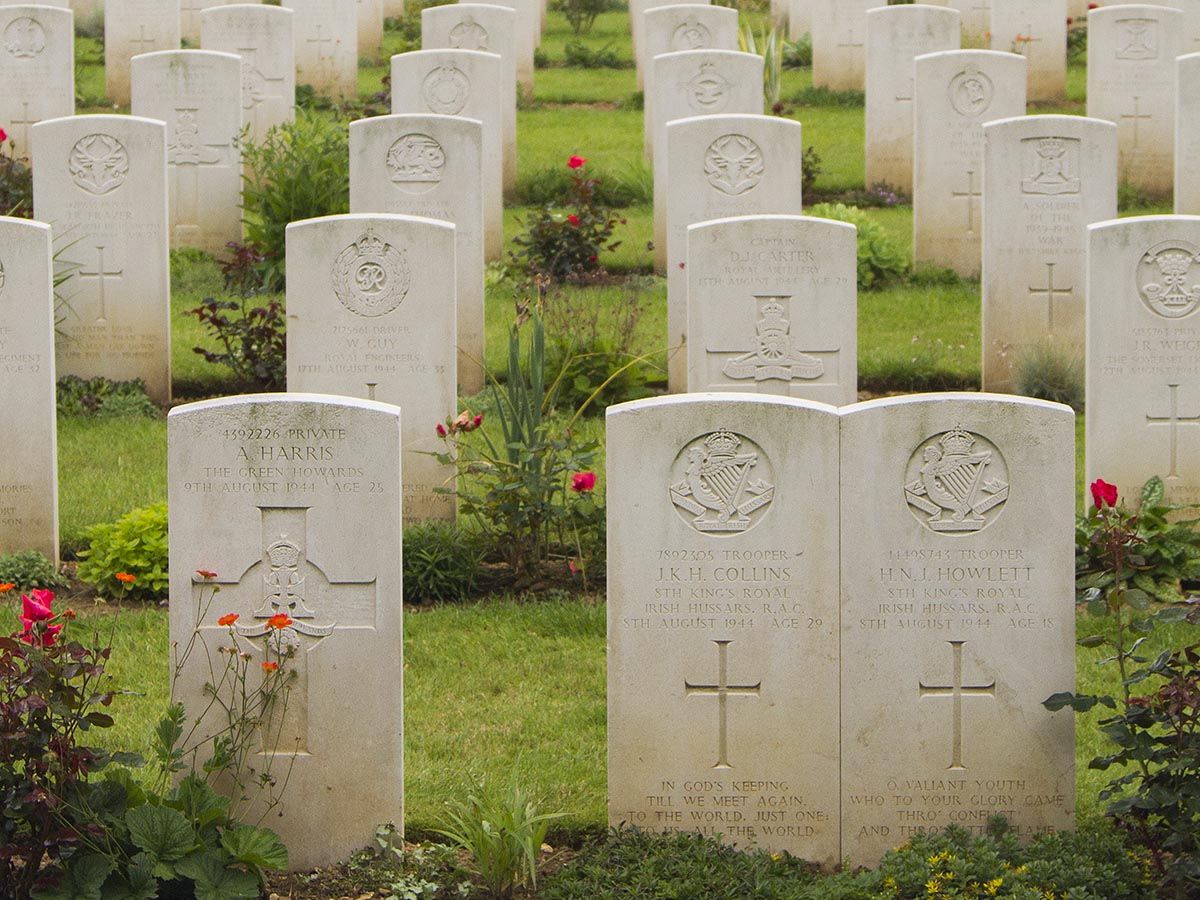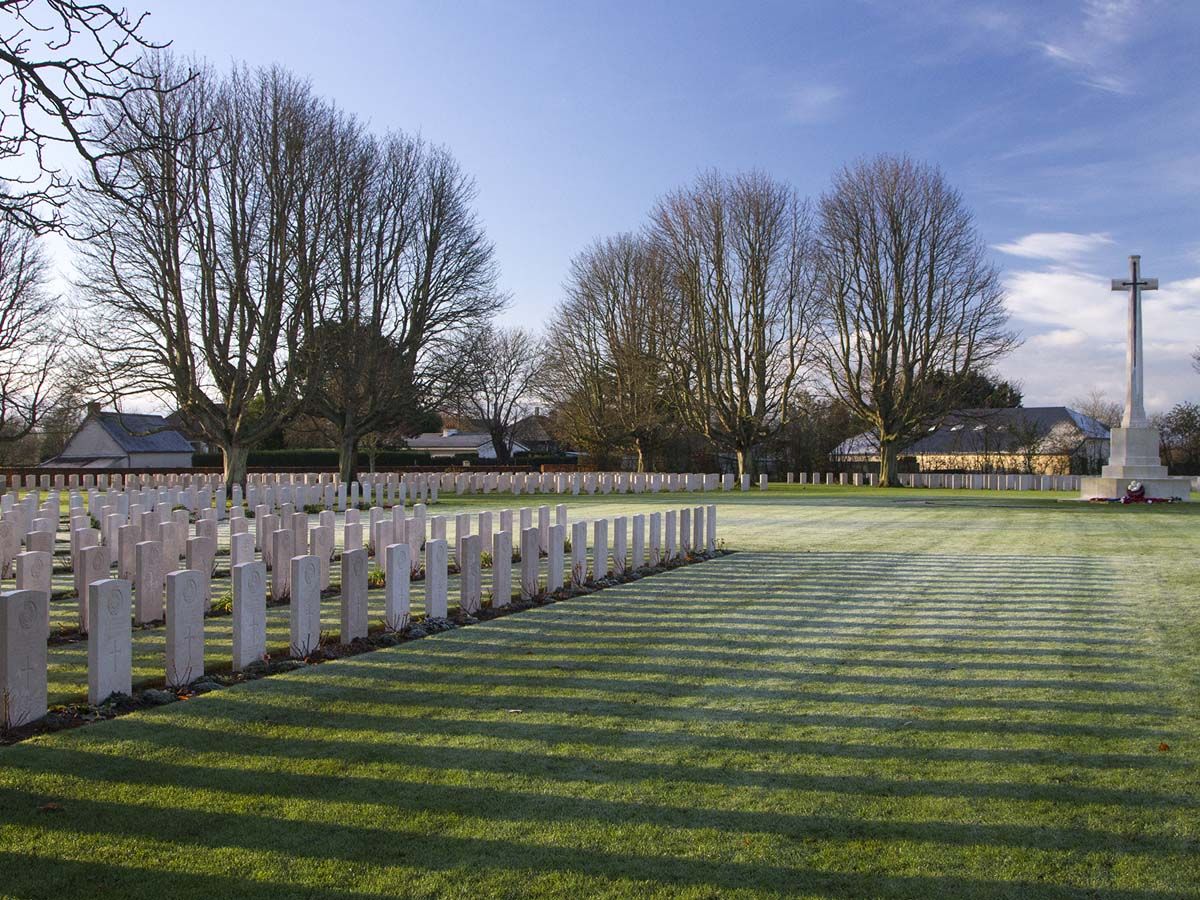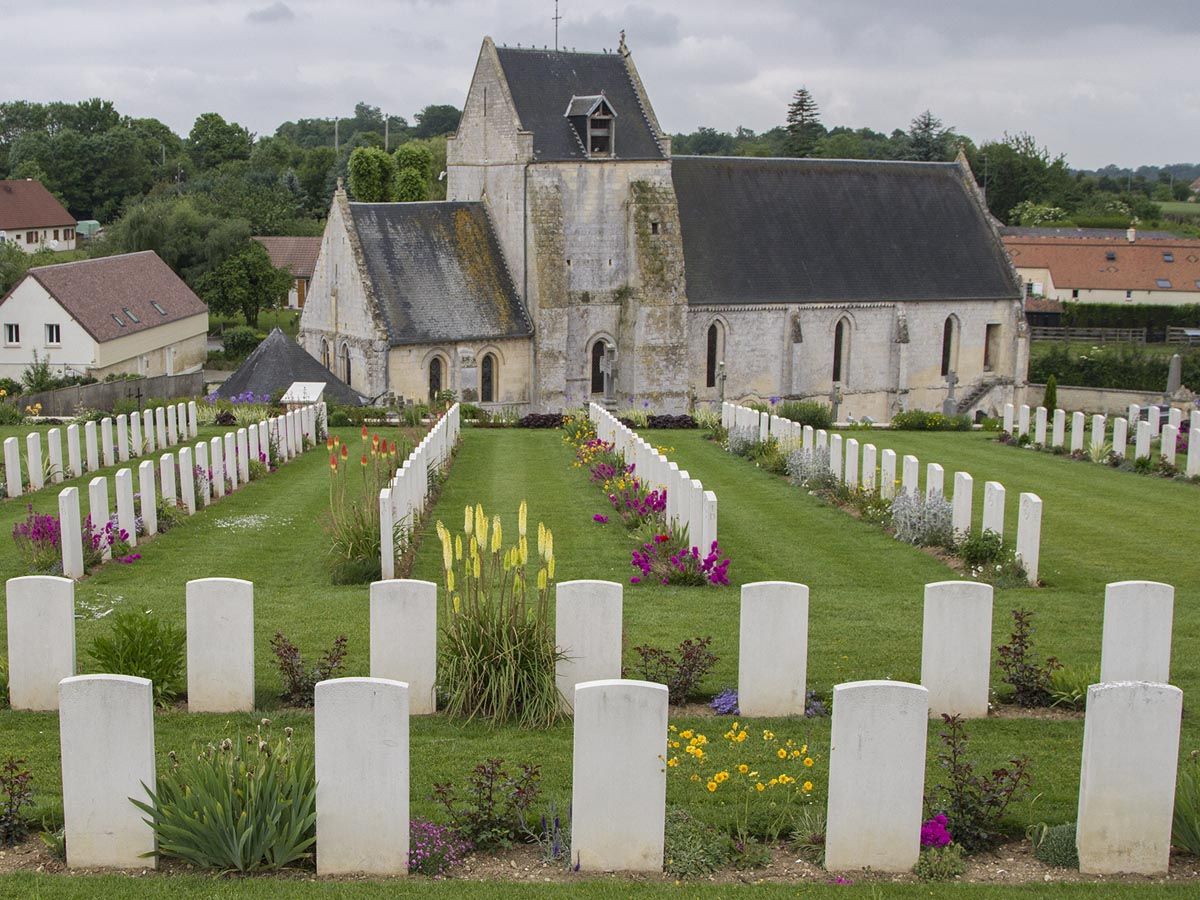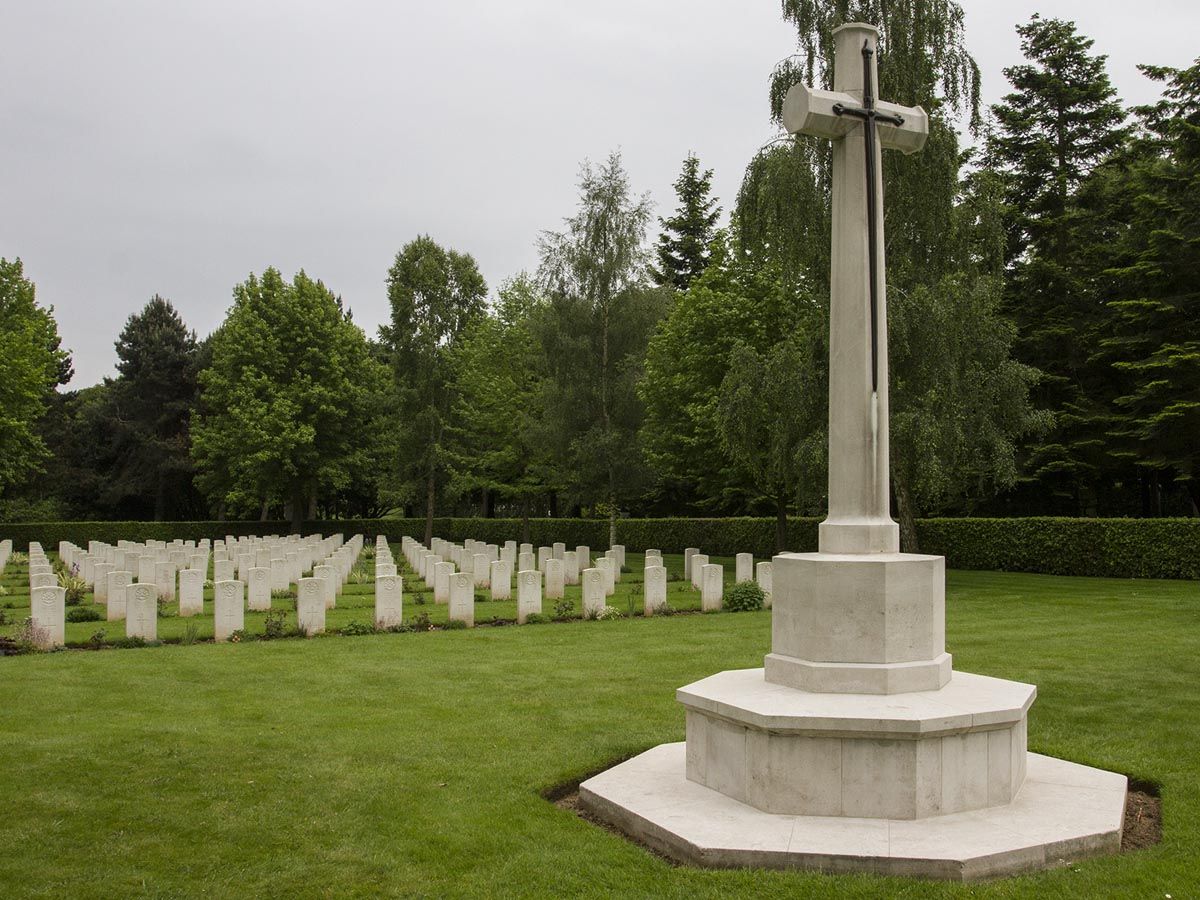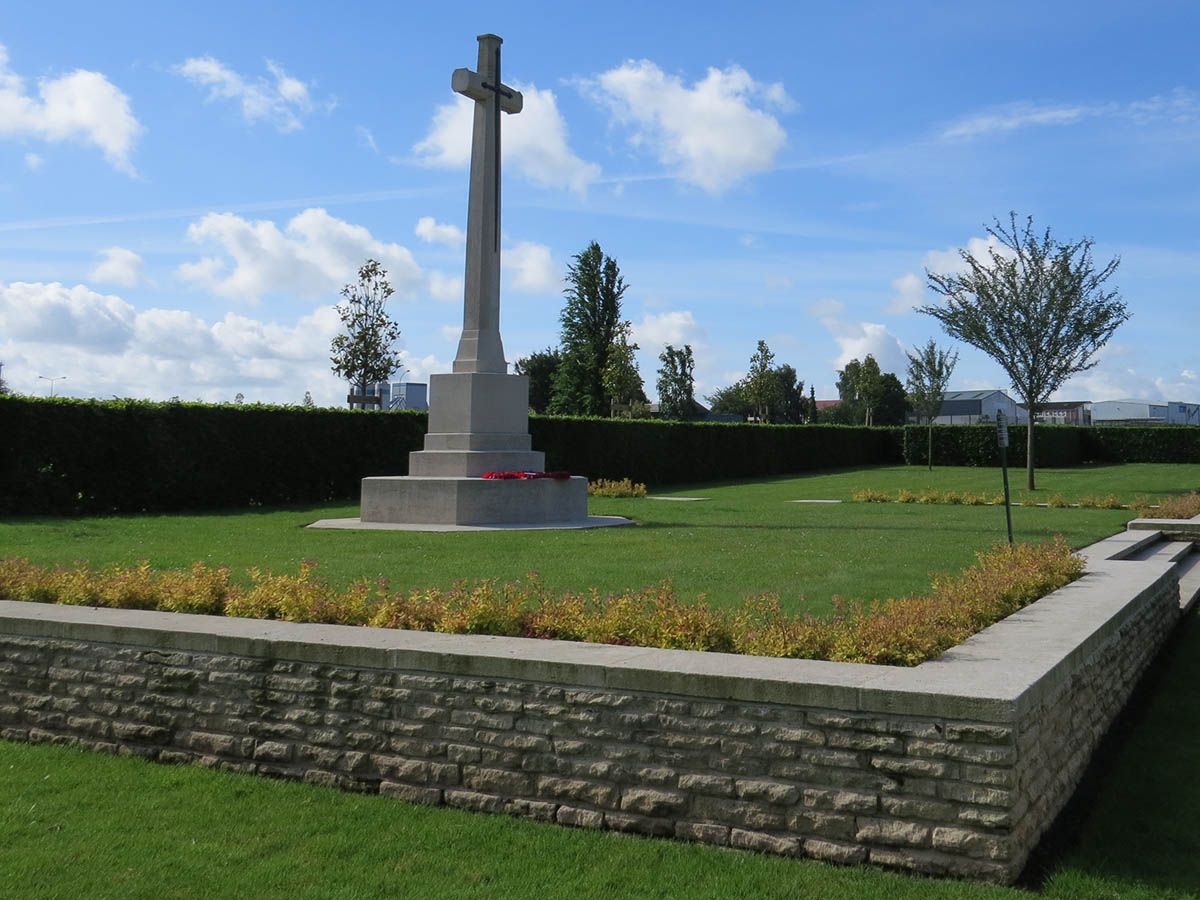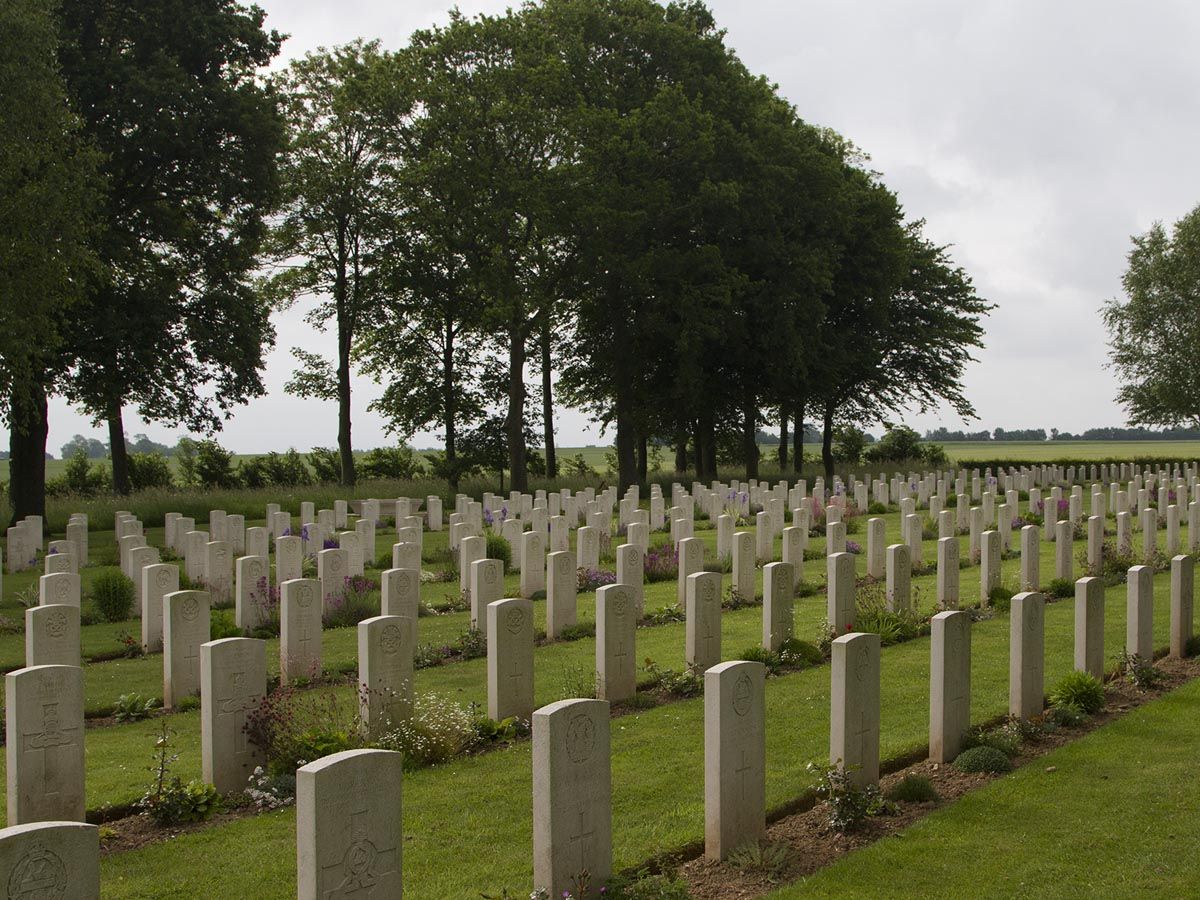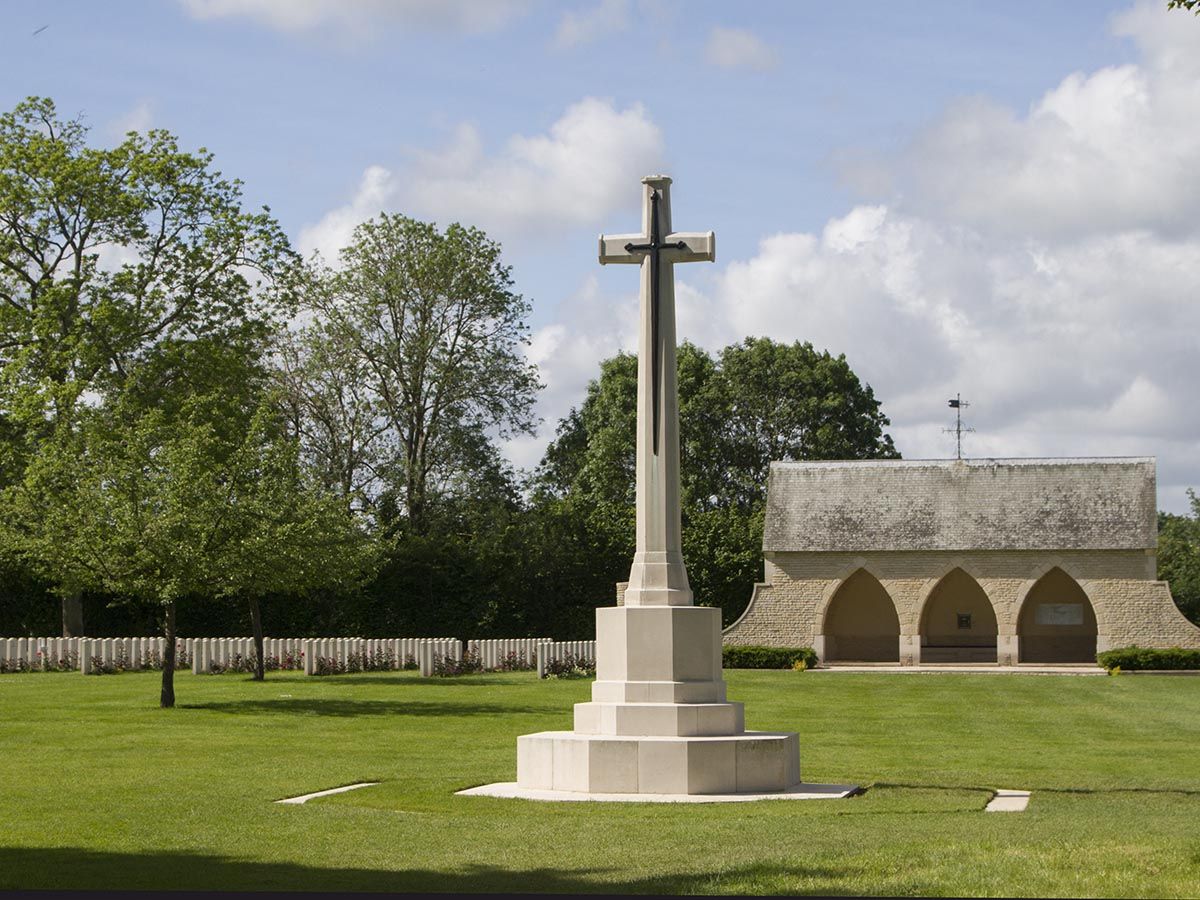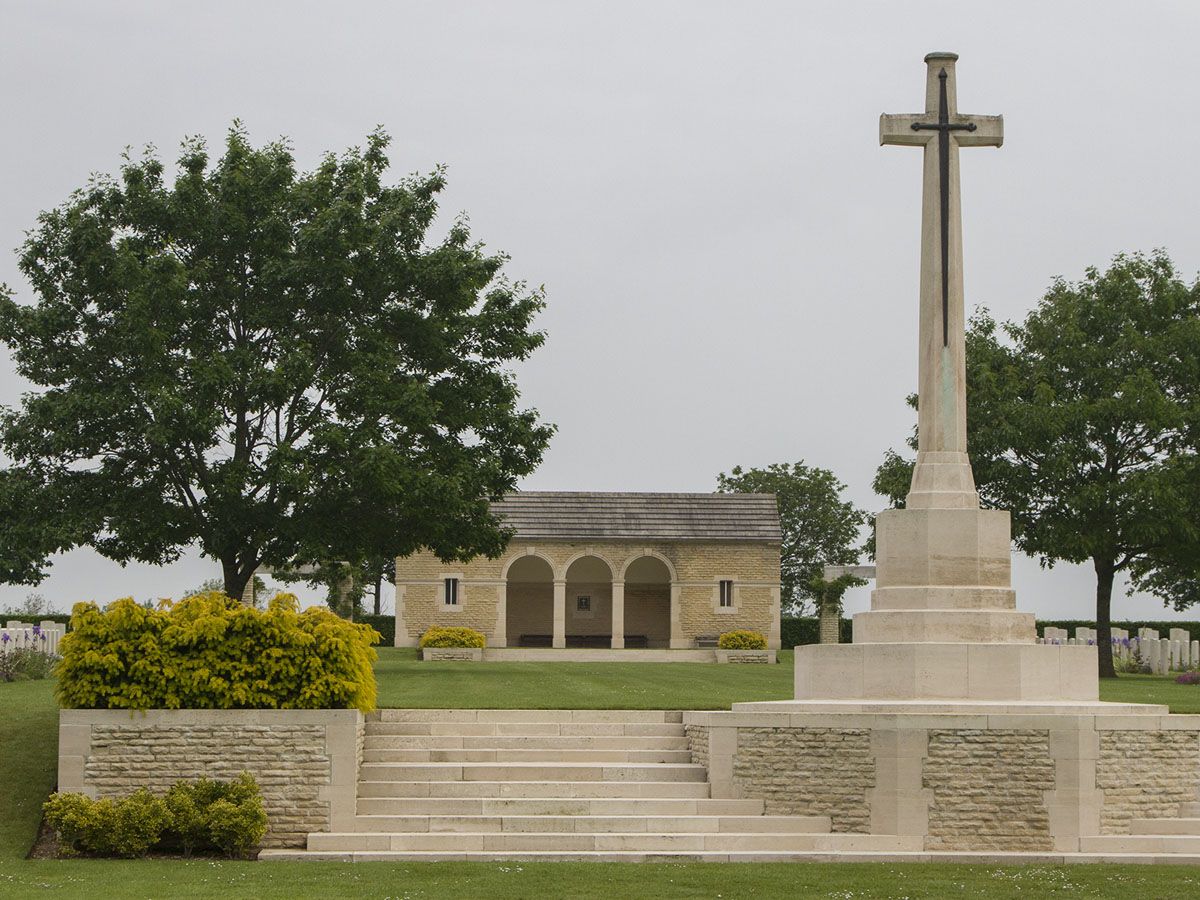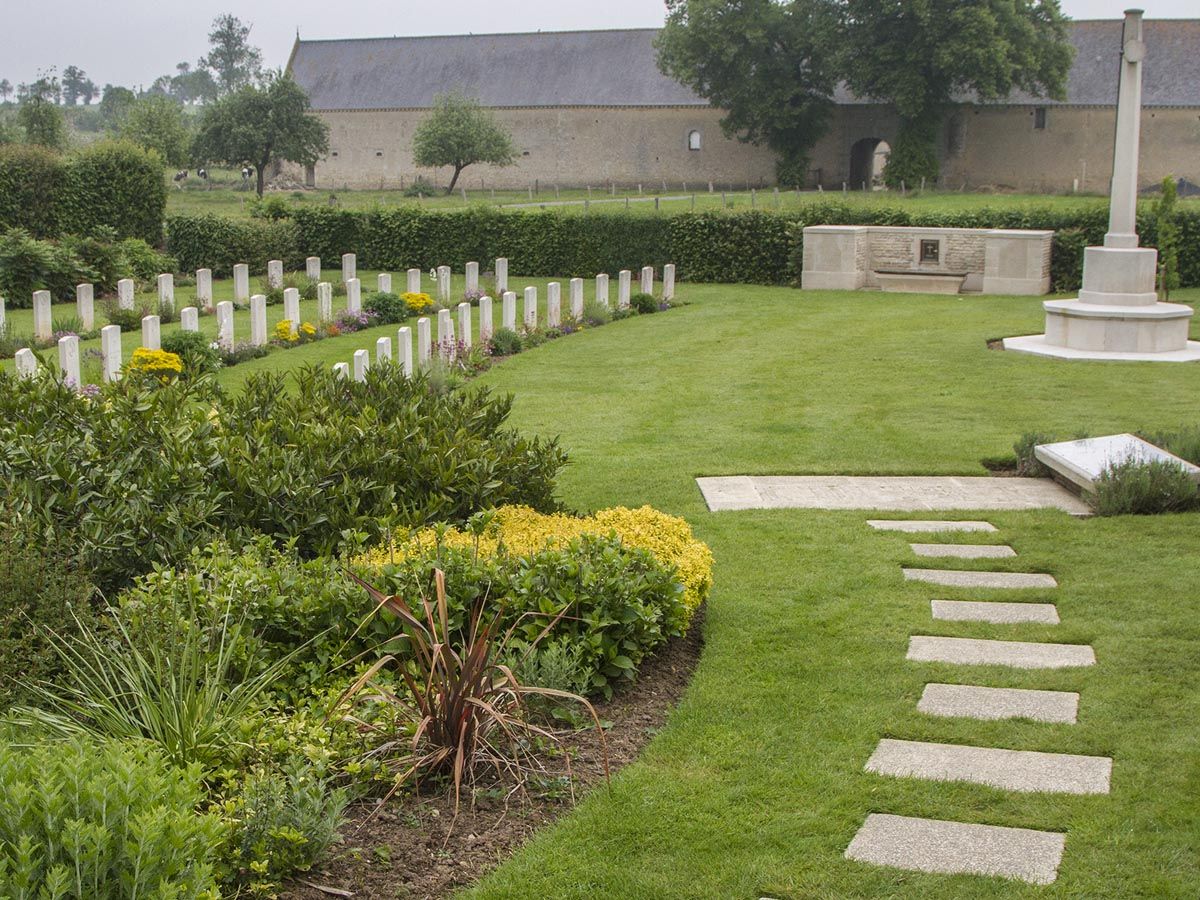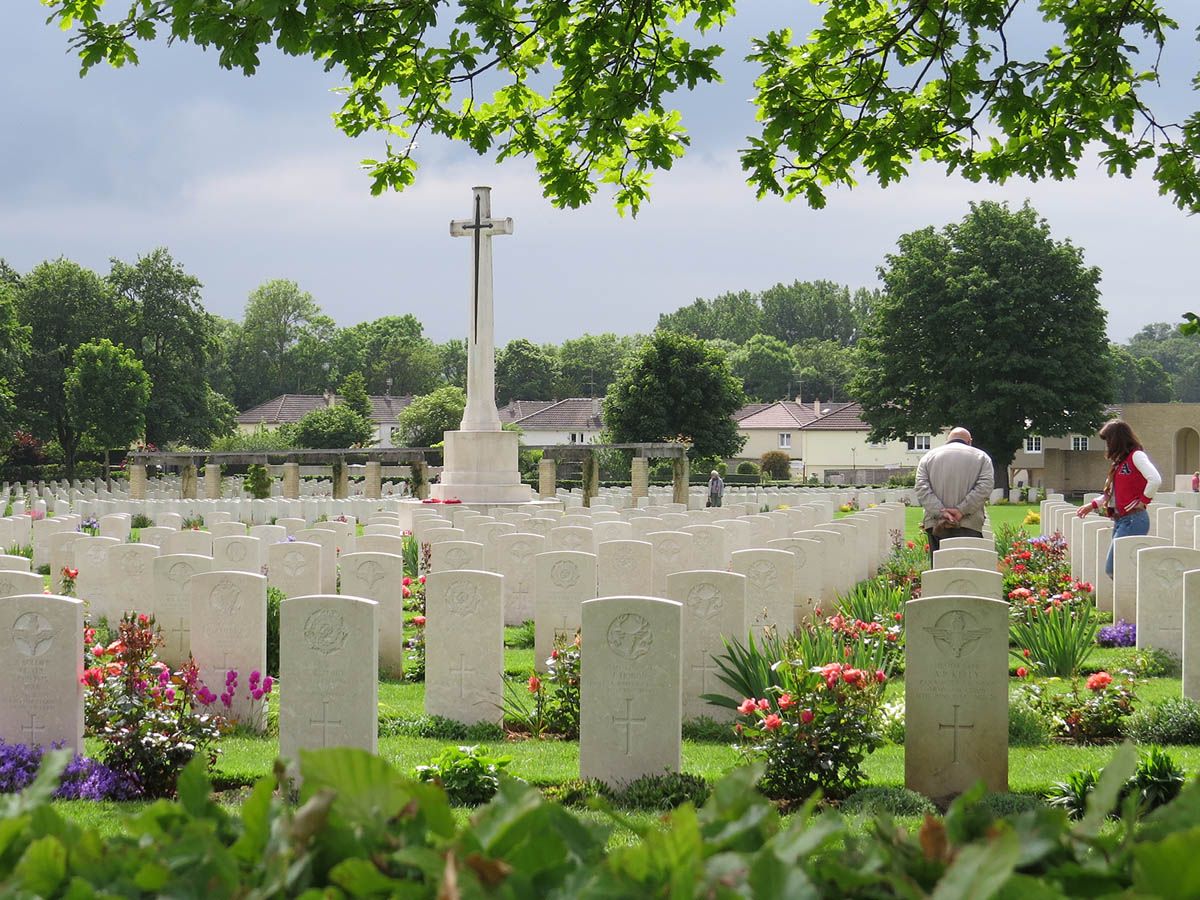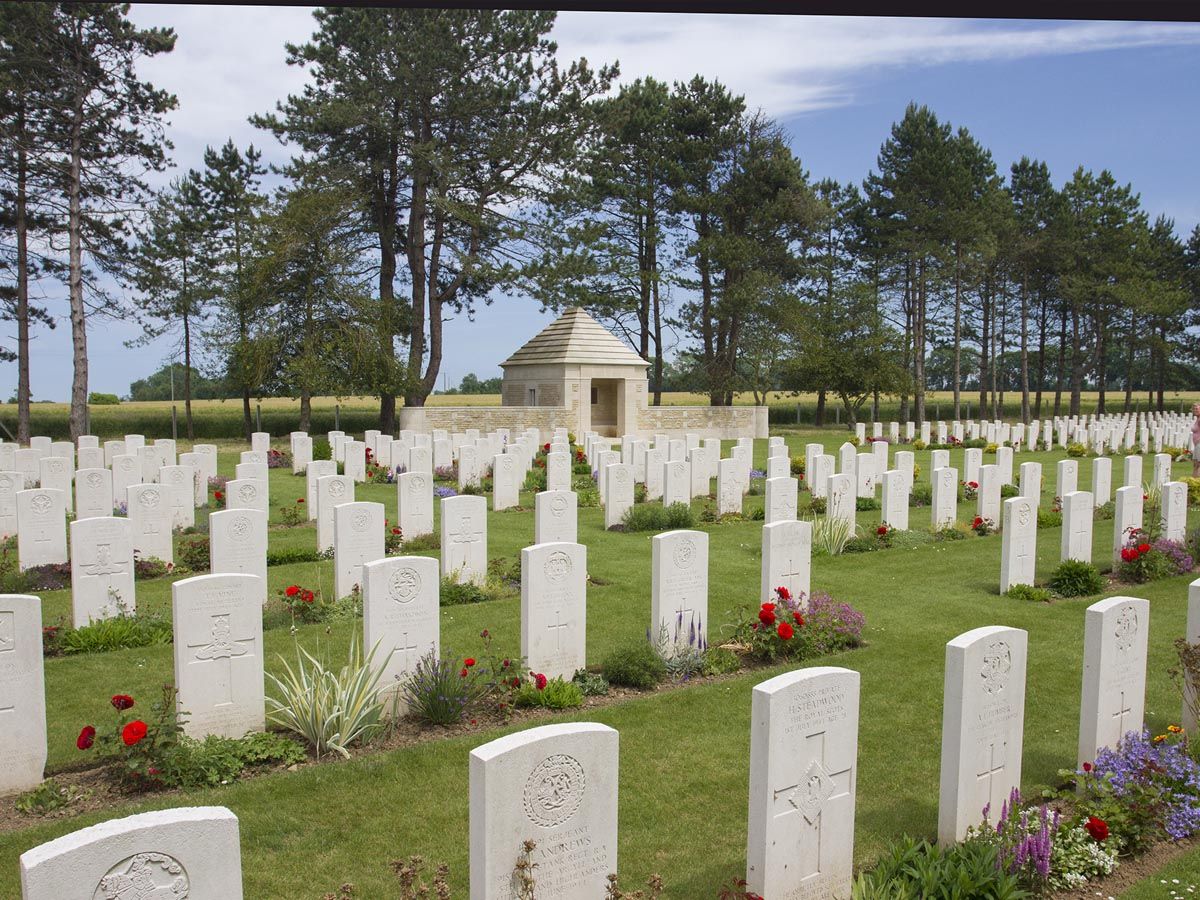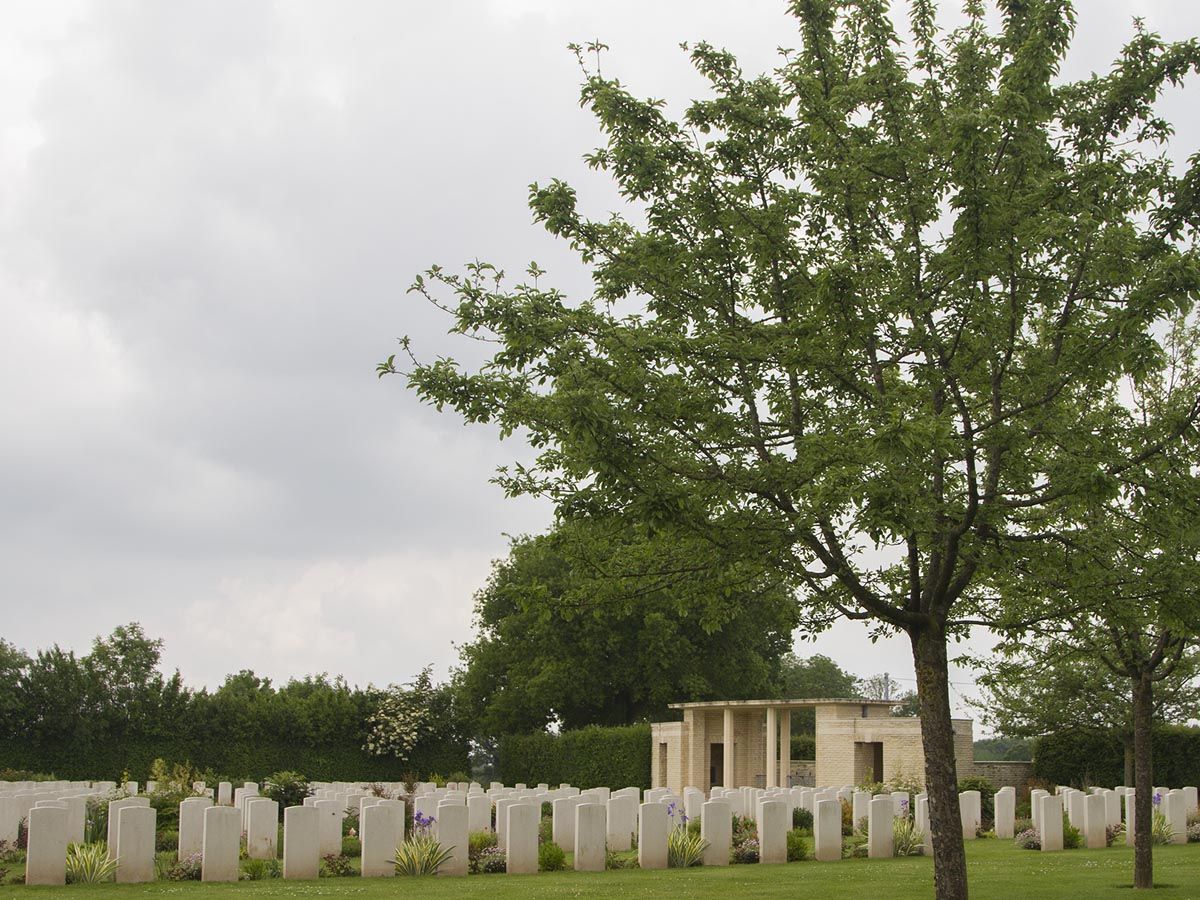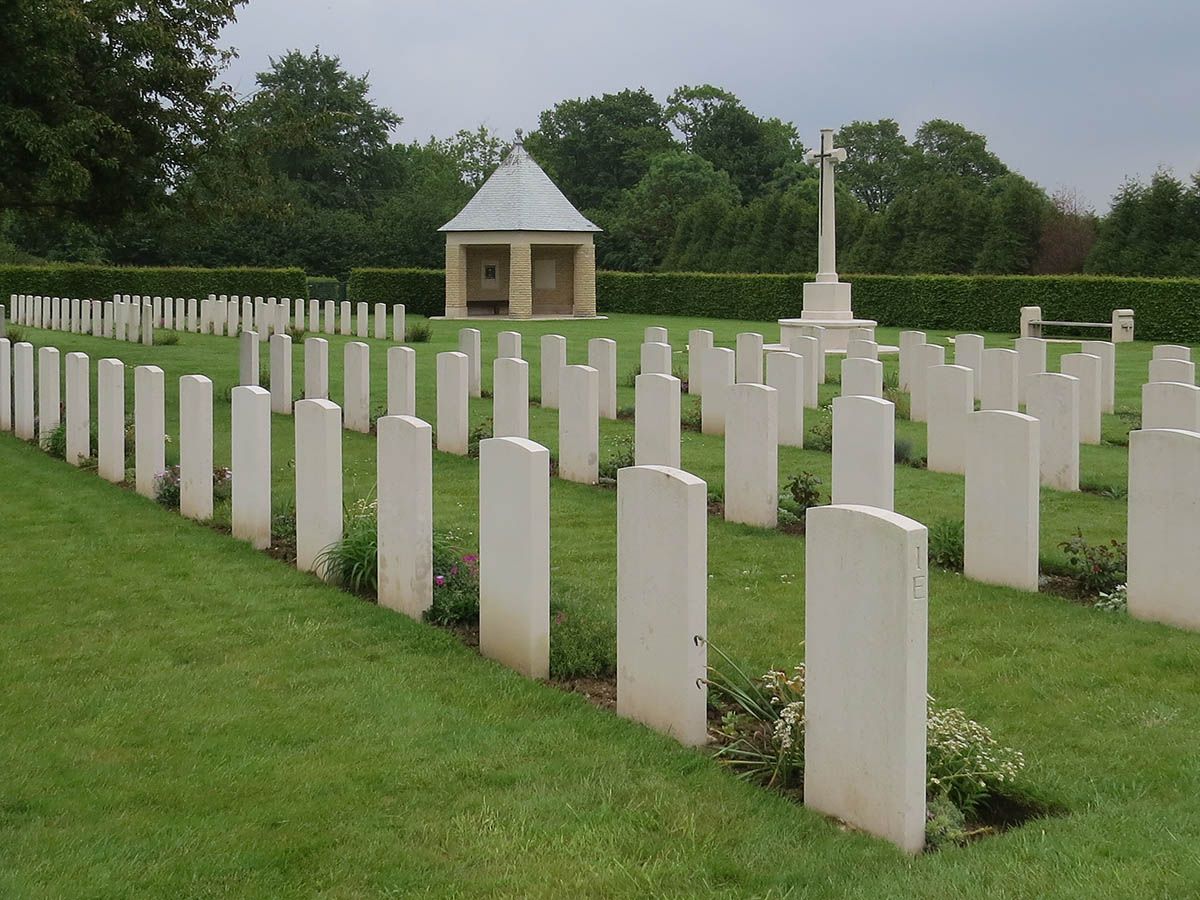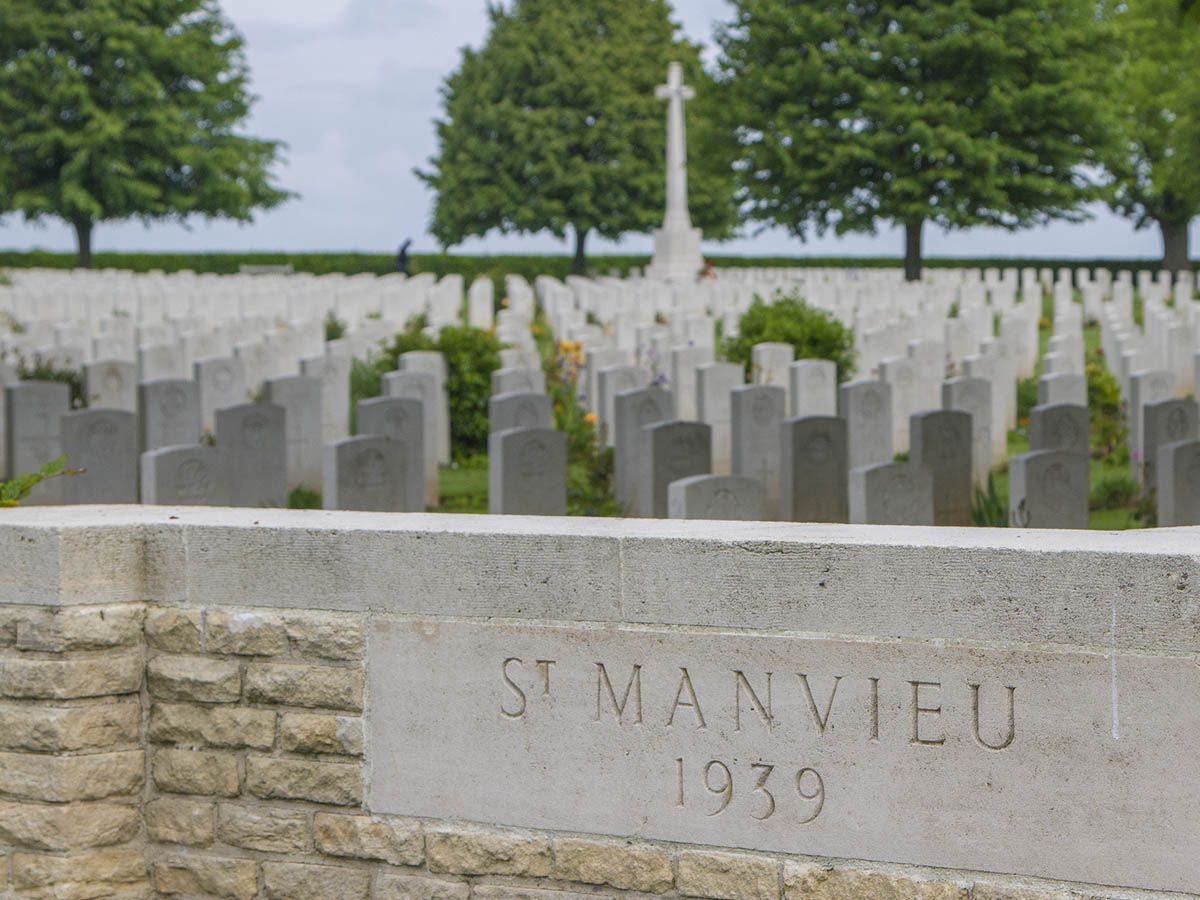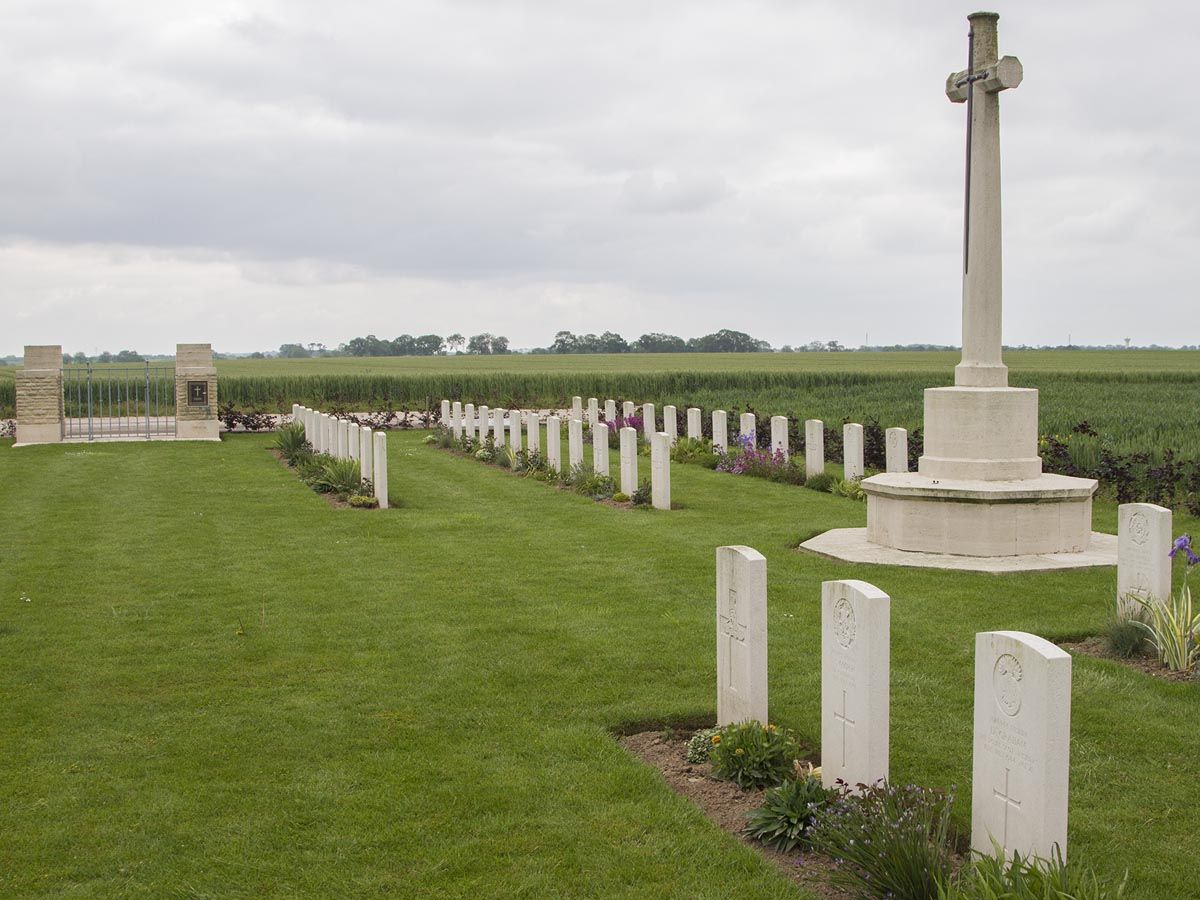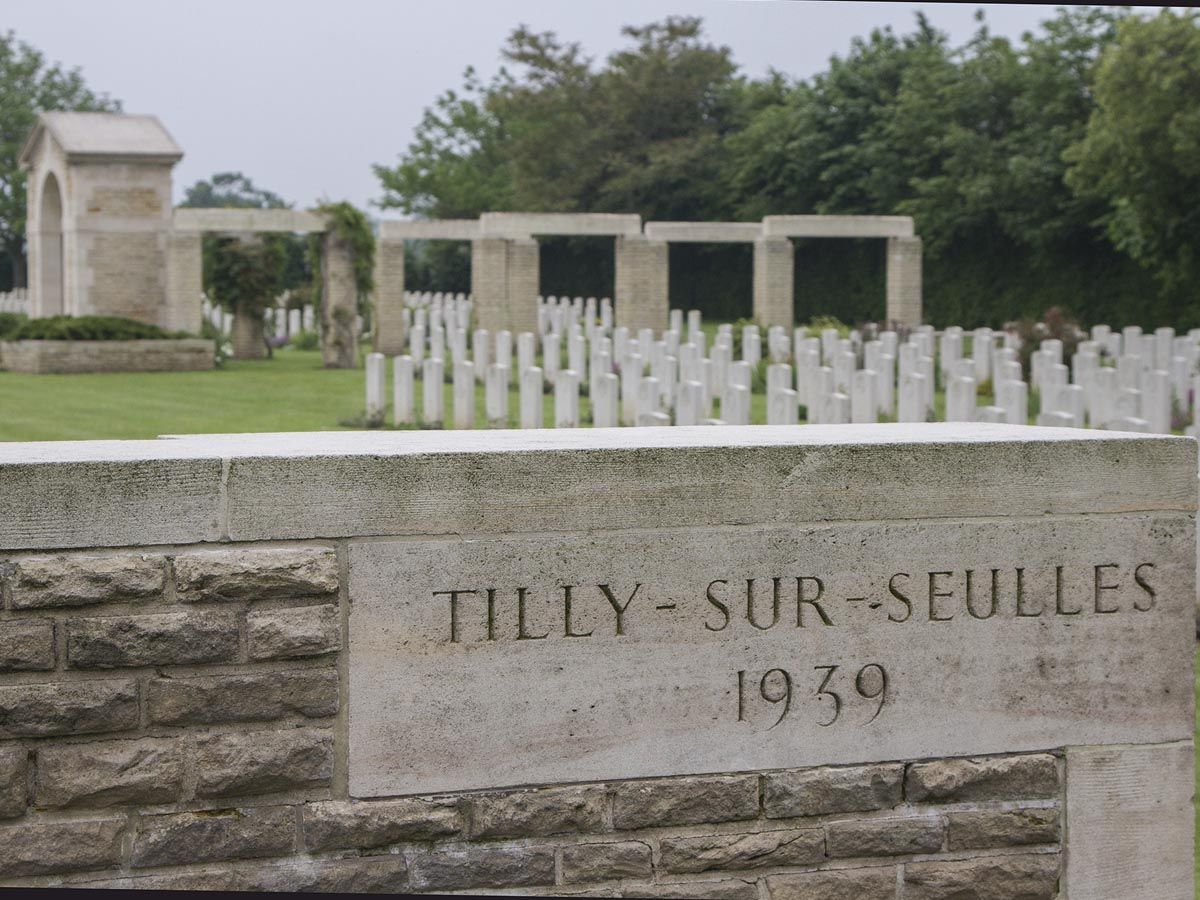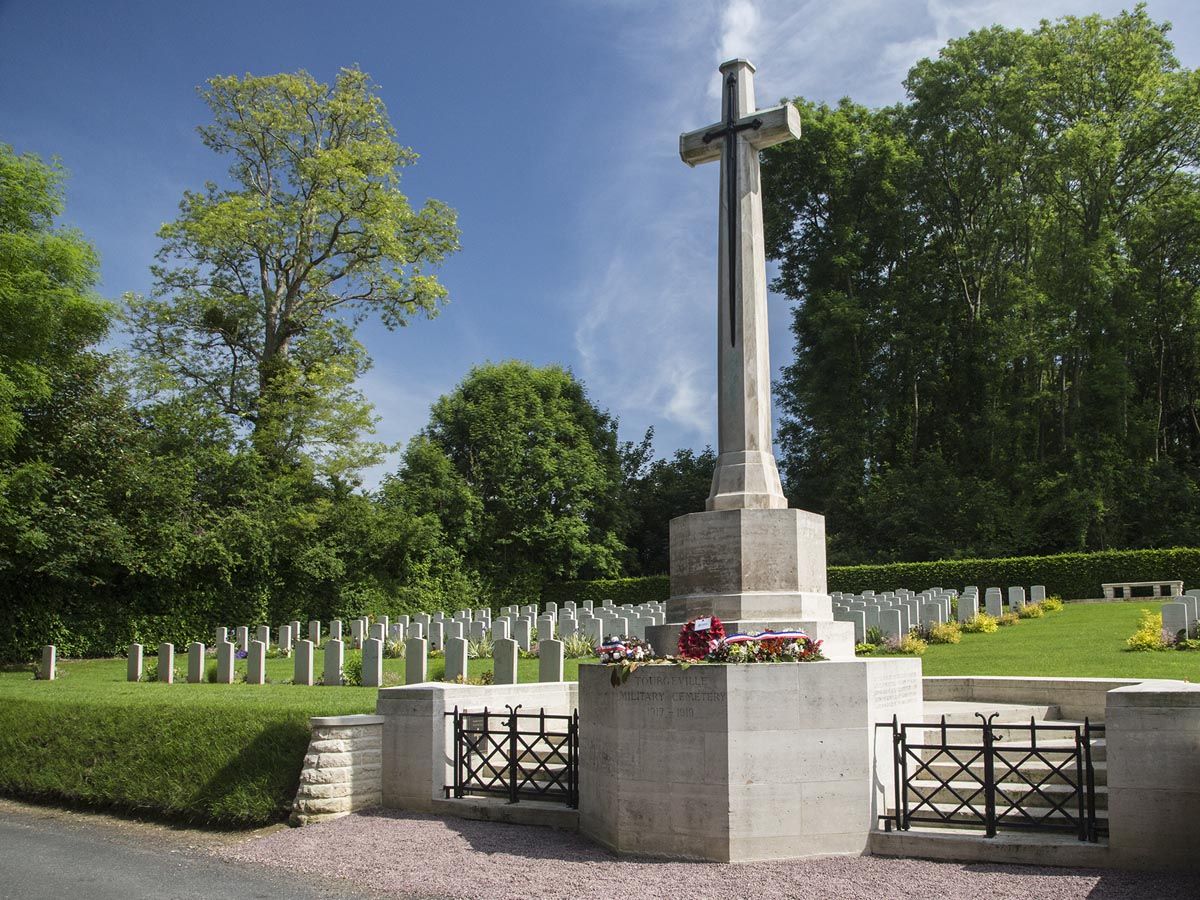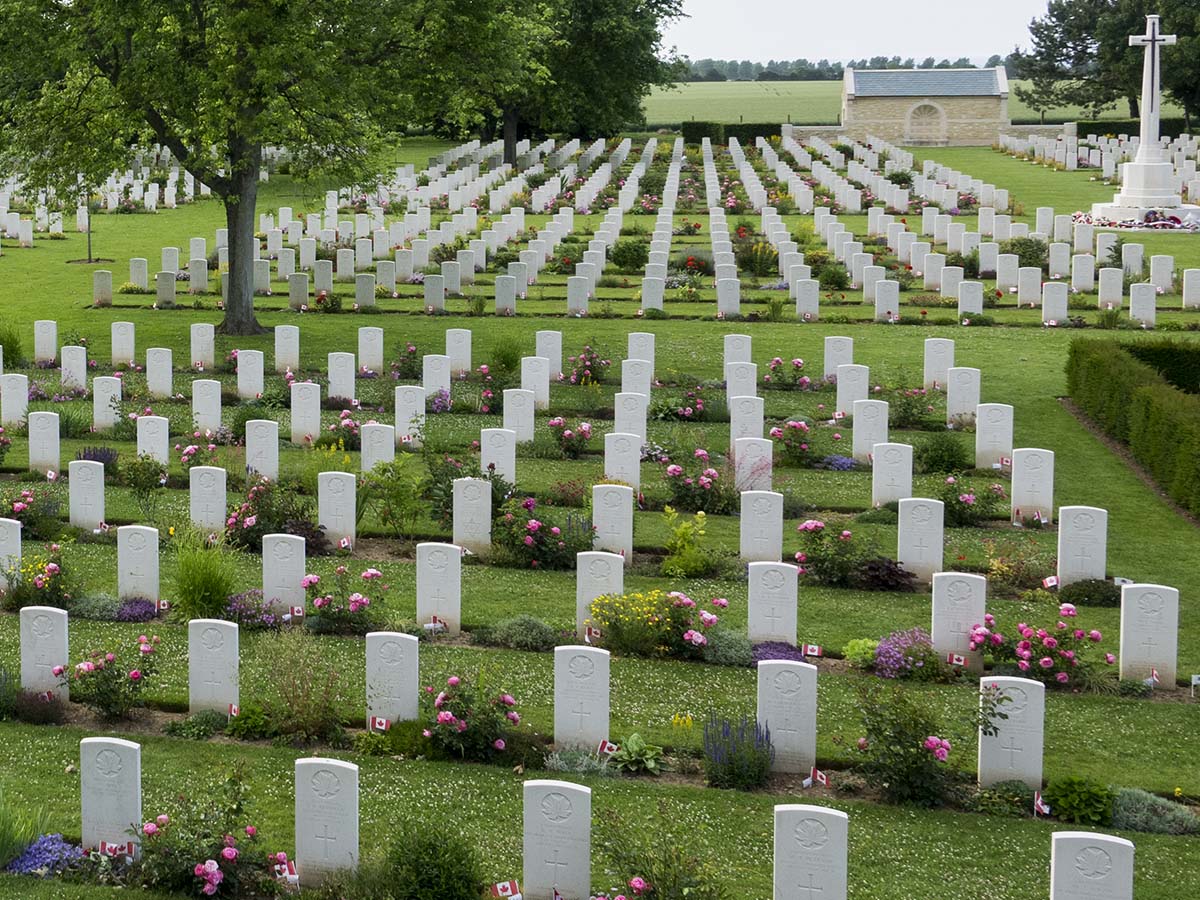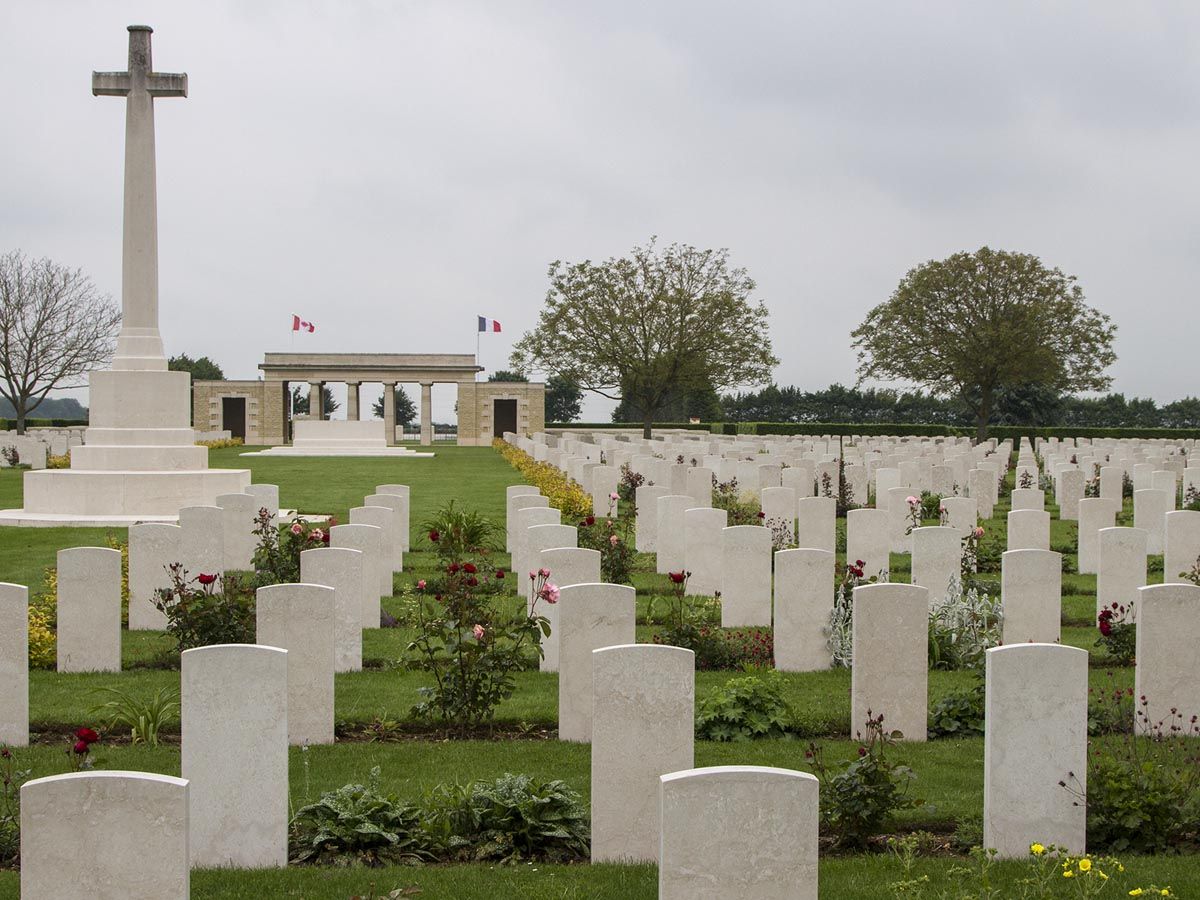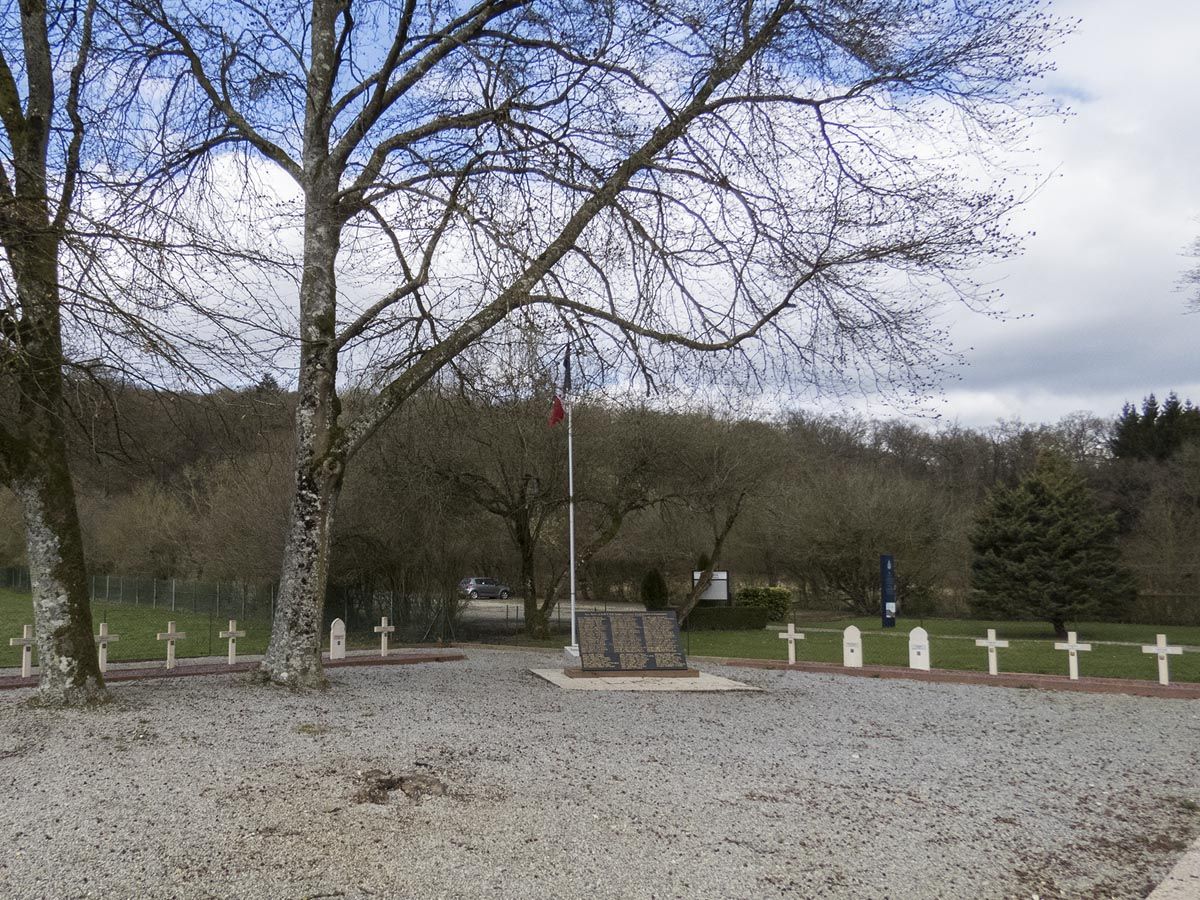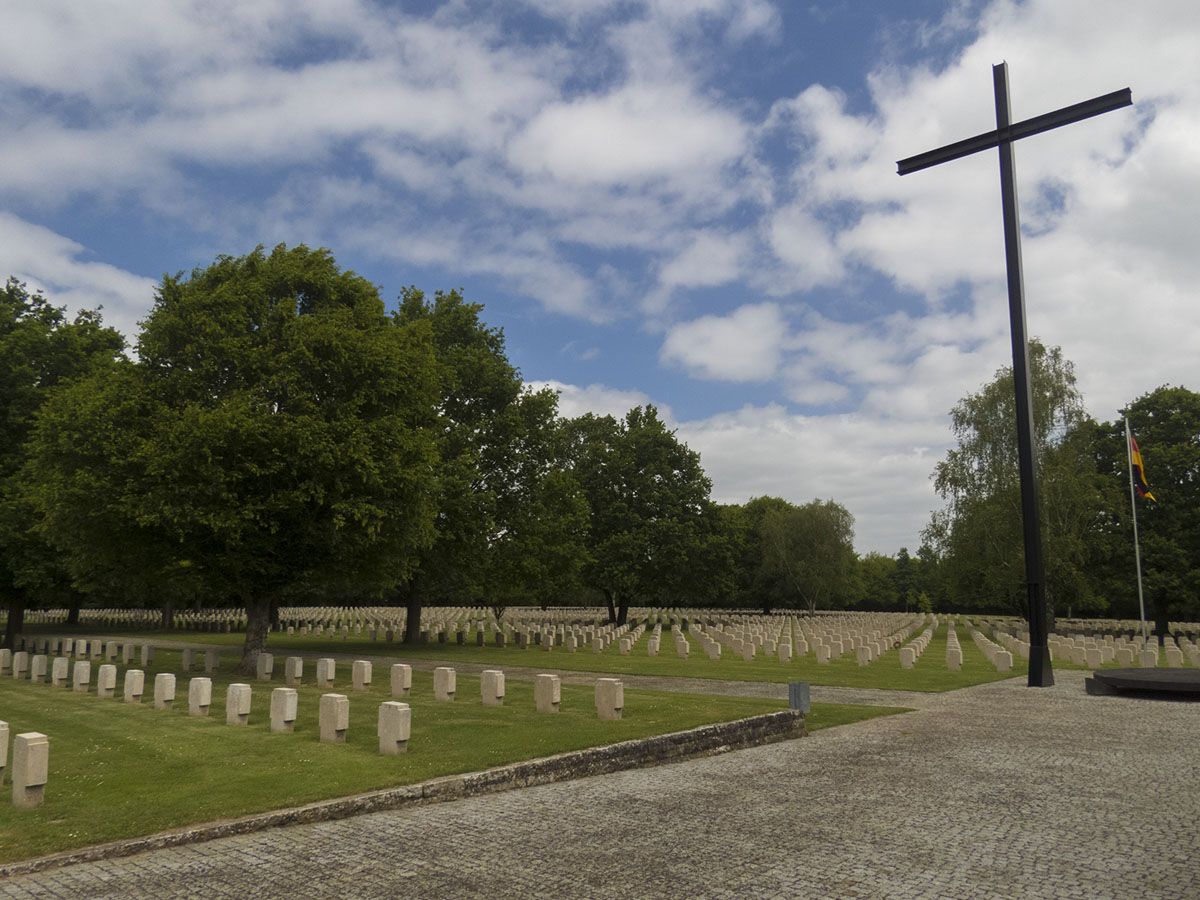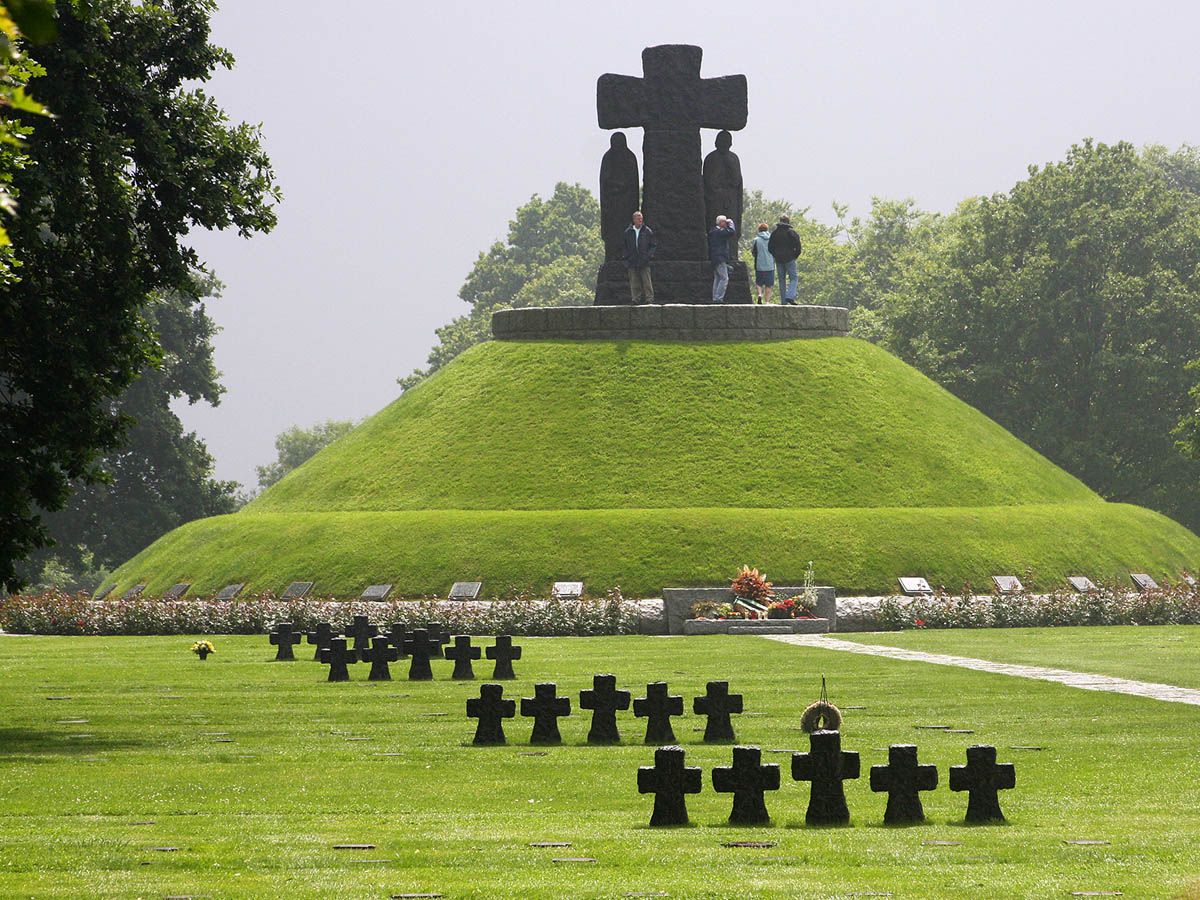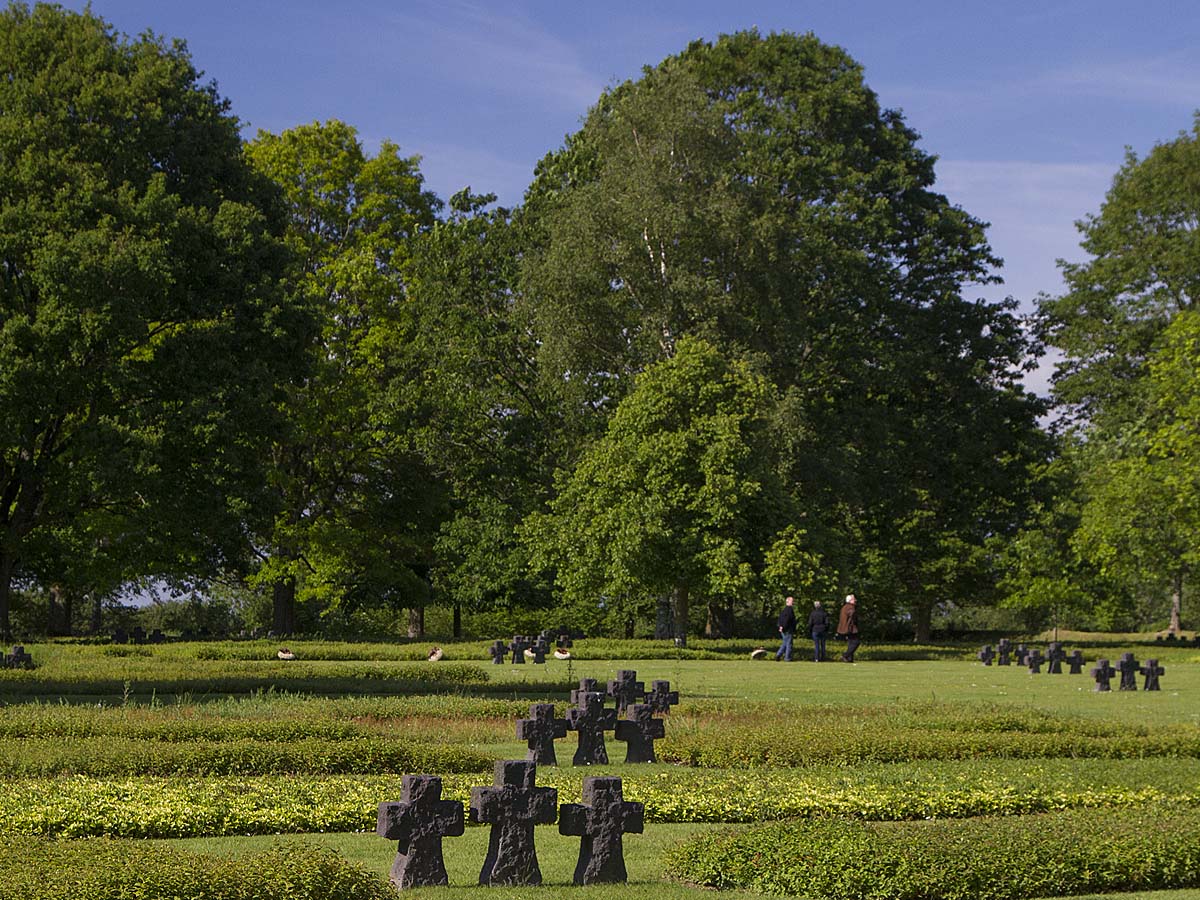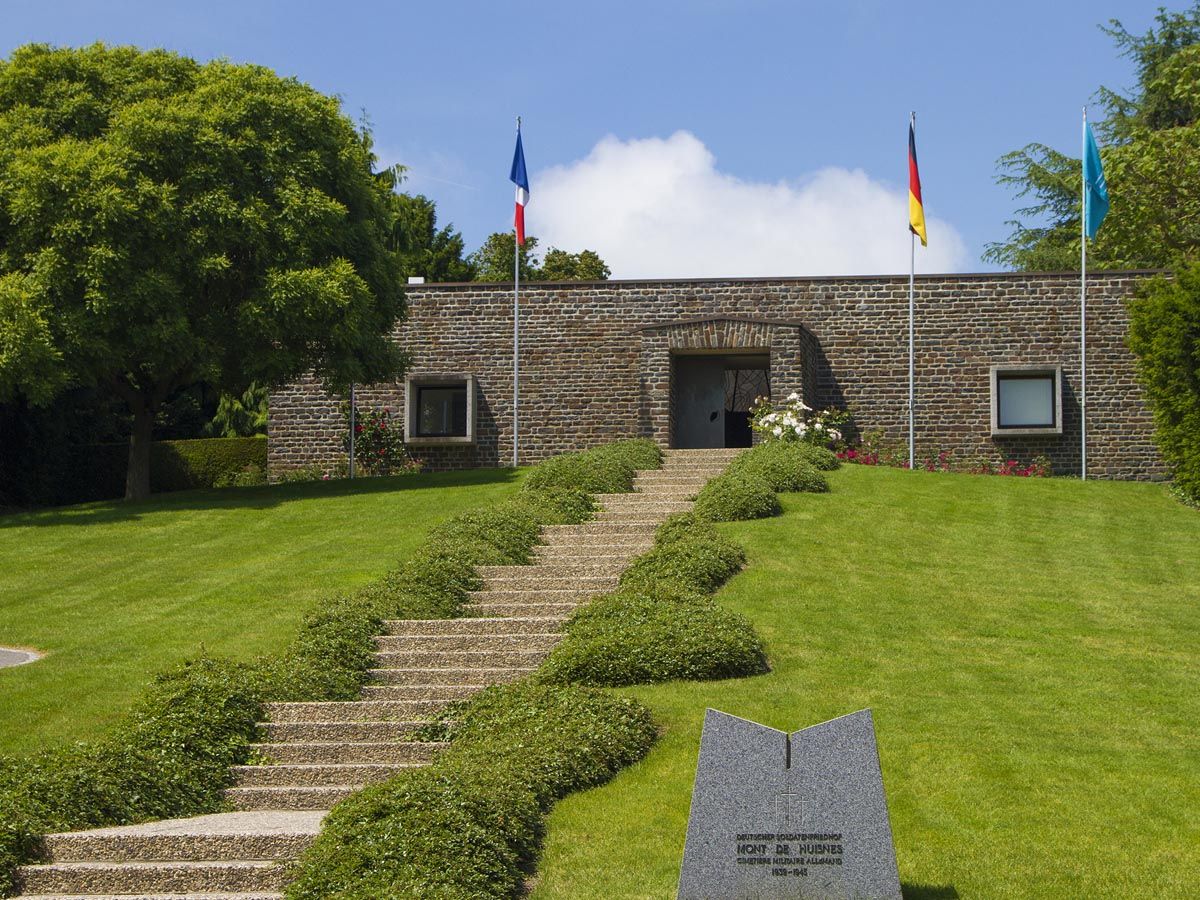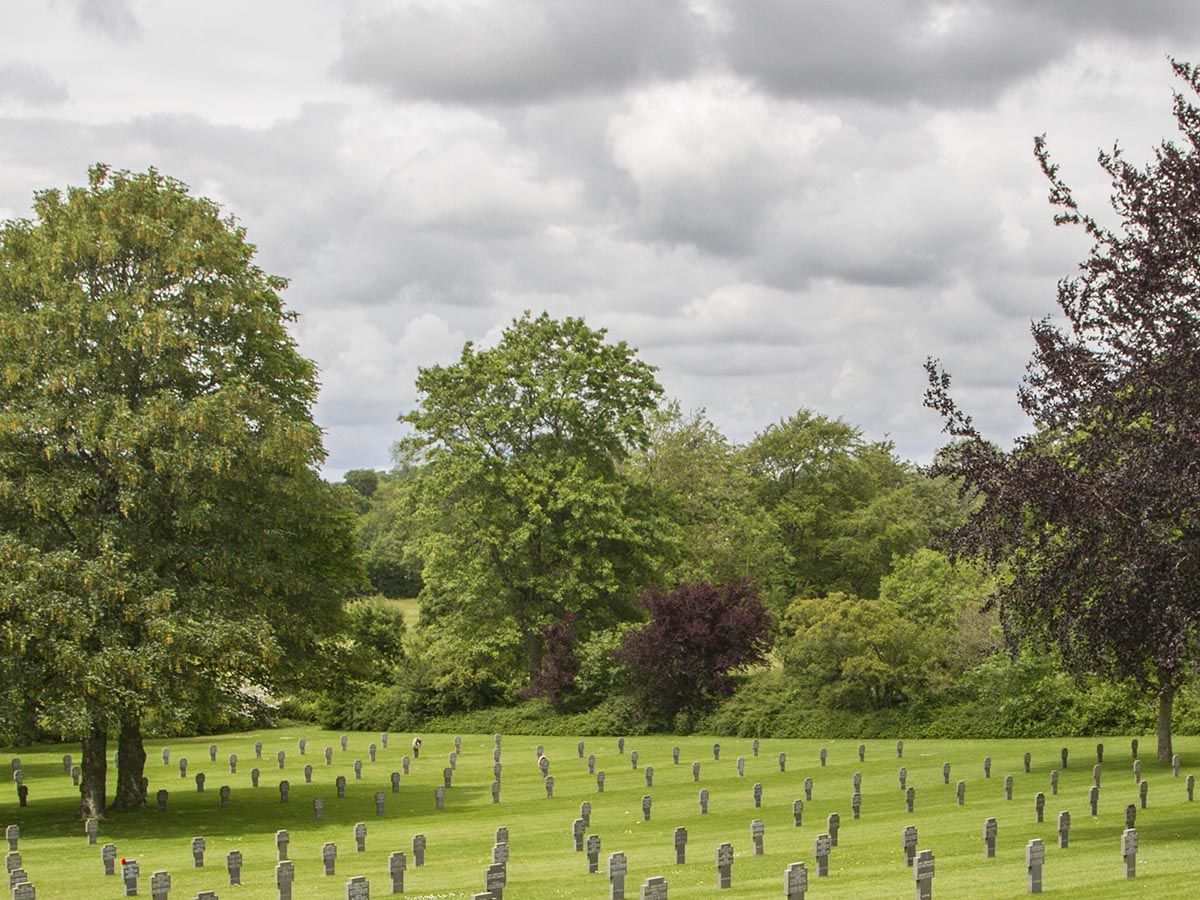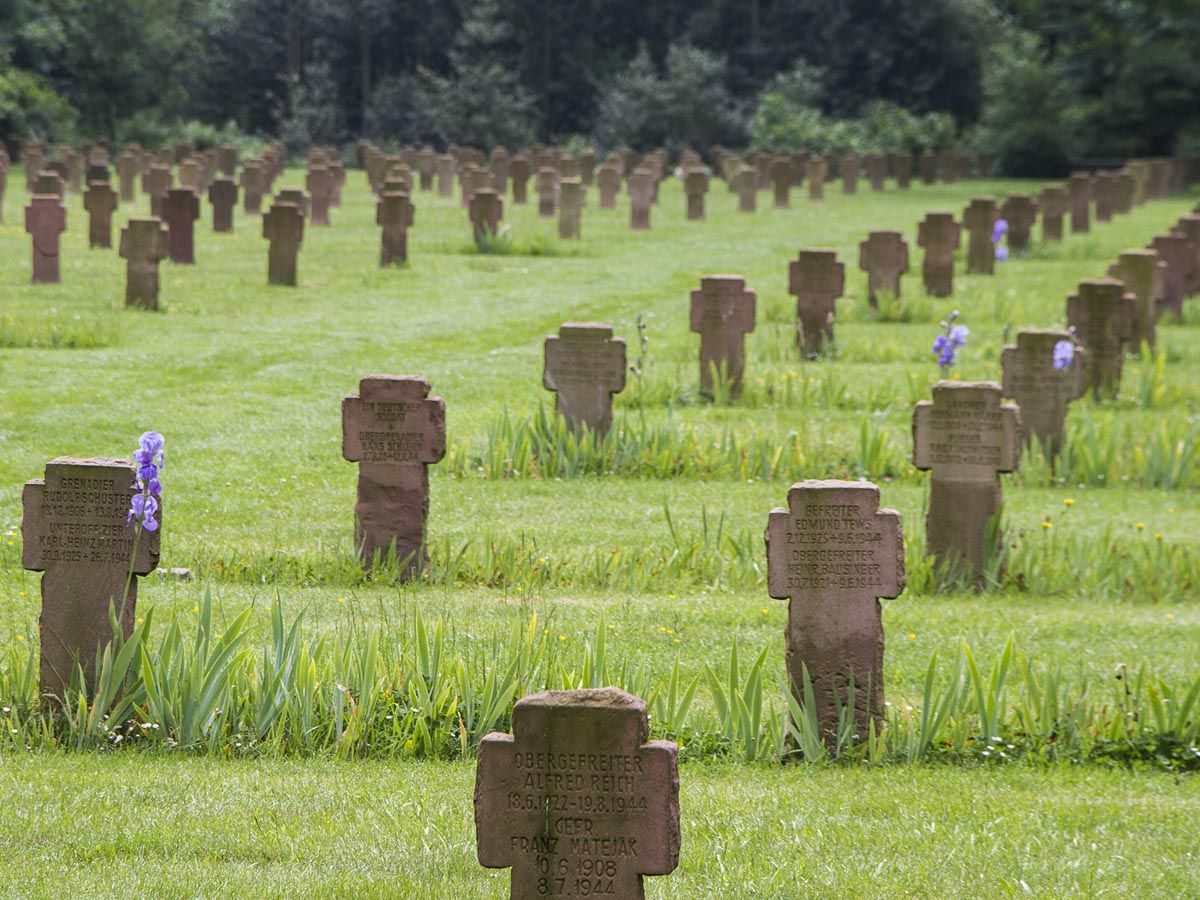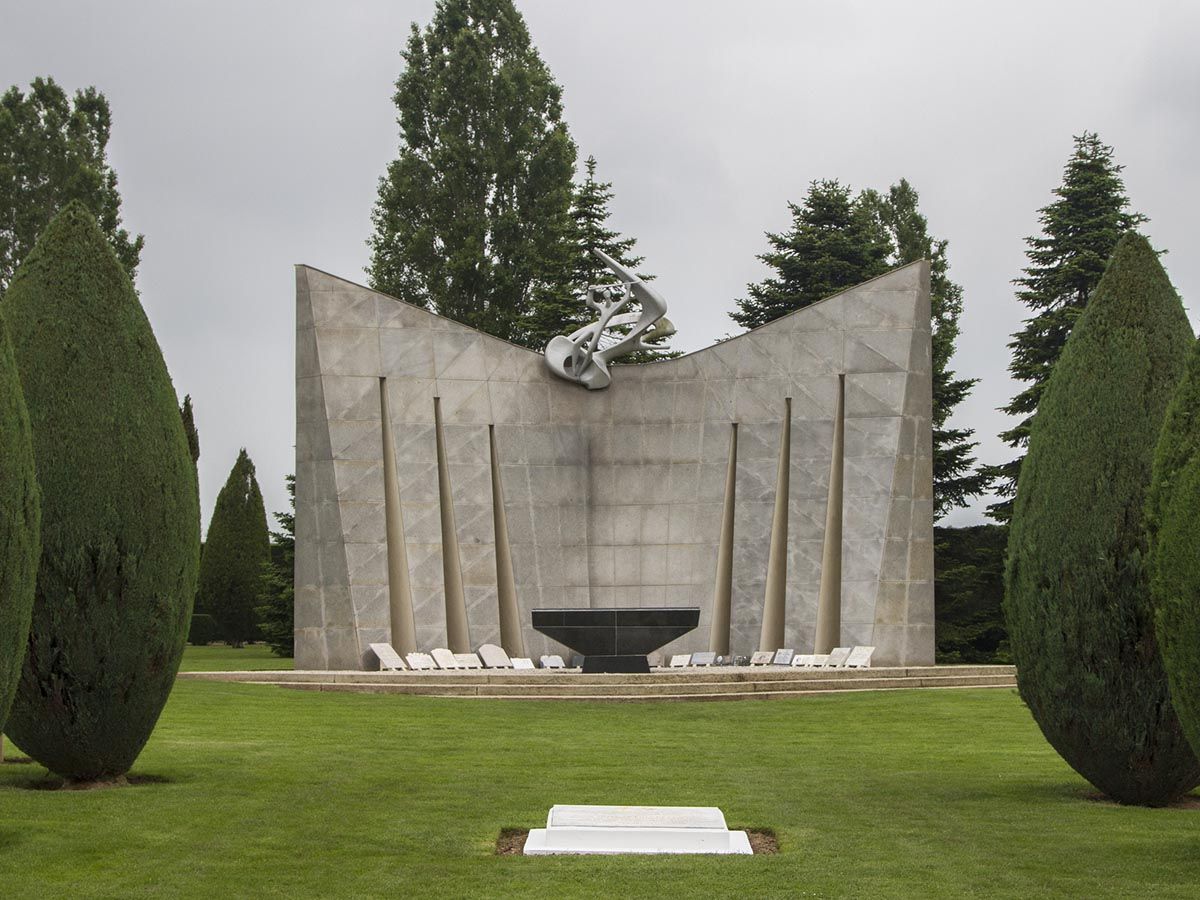Nestled in the peaceful countryside of Normandy, France, the Champigny-Saint-André German War Cemetery stands as a solemn reminder of World War II’s human cost. This final resting place holds nearly 20,000 German soldiers who lost their lives during the Normandy campaign, with an additional 816 remains in a mass grave. The cemetery offers visitors a powerful opportunity to reflect on war’s tragic consequences while honoring the universal value of remembrance, regardless of nationality.
You’ll find this contemplative site about 25 kilometers southeast of Évreux, just 5 kilometers south of the village of Saint-André-de-l’Eure. Unlike many tourist destinations in Normandy, this cemetery provides a quieter space for reflection. The rows of dark crosses stretch across the landscape, creating a visual reminder of the war’s enormous toll.
When planning your visit to Normandy’s World War II heritage sites, consider adding this cemetery to your itinerary. While American and British war memorials often receive more attention, this German cemetery offers a more complete understanding of the conflict. The site’s somber beauty and historical significance make it worth the short detour from better-known Normandy attractions.
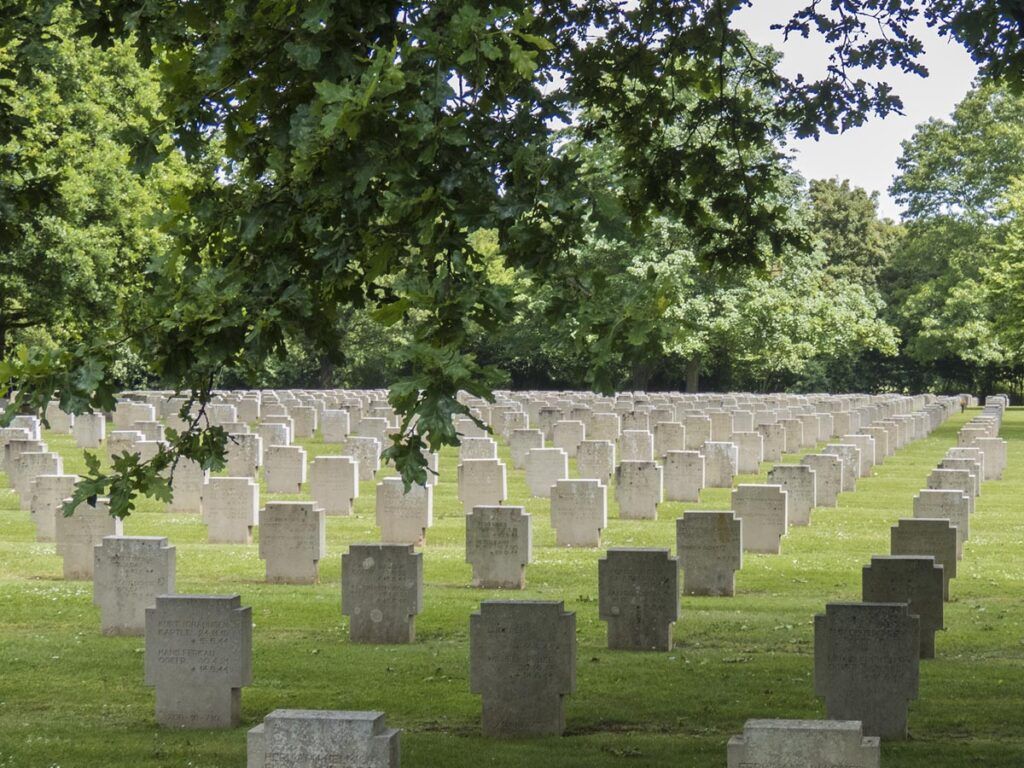
History of Champigny-Saint-André
Champigny-Saint-André has a solemn yet significant place in World War II history, serving as the final resting place for thousands of German soldiers who fell during the liberation of France.
Origins and Significance
The cemetery at Champigny-Saint-André was originally established by the American Army Graves Registration Service in August 1944. It began as a battlefield cemetery during the Allied push from Normandy toward Paris and the Seine.
The site holds tremendous historical importance as it contains 19,809 German graves from World War II. There’s also a mass grave with 816 casualties. This makes it the second largest of the six German war cemeteries in France from this period.
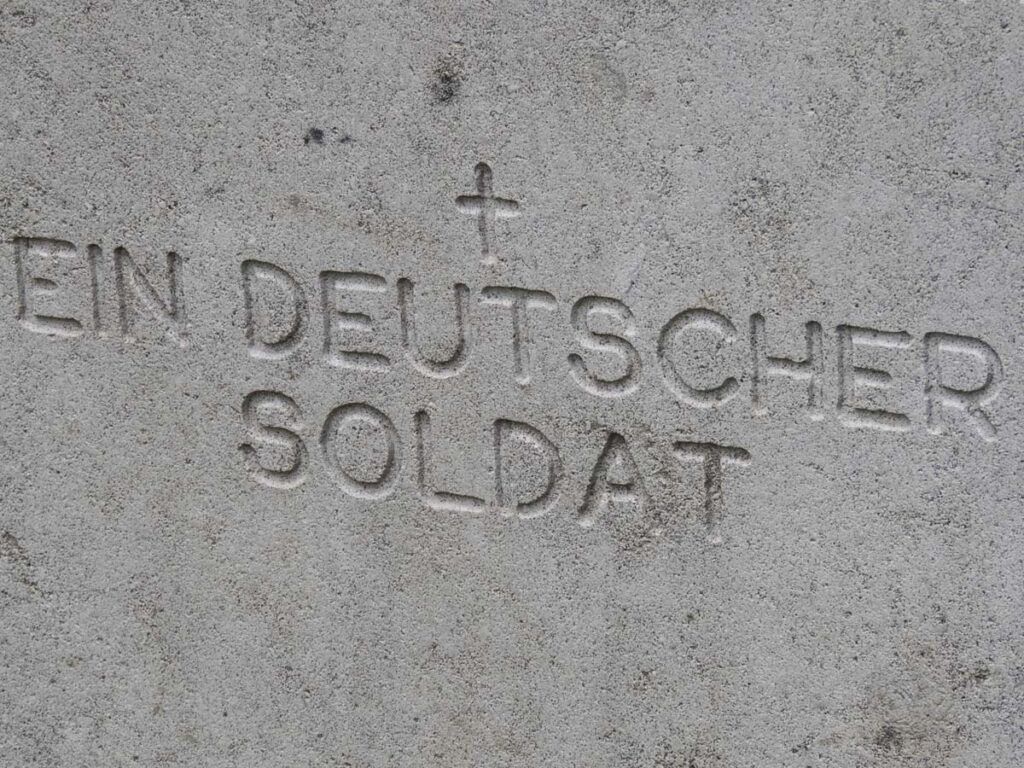
When you visit, you’ll notice the cemetery’s layout reflects the immediate aftermath of battle. The graves hold soldiers who died during the summer of 1944 as Allied forces advanced through the region.
The Impact of War on Champigny-Saint-André
The war deeply affected this quiet French region. During the German occupation, local life was severely disrupted. When the Allied forces moved through in 1944, the area became a battlefield.
The cemetery wasn’t officially established in its current form immediately after the war. It took years of negotiations and reconciliation efforts before it was formalized.
When you walk among the graves today, you’re witnessing a testament to the human cost of war. Each stone represents not just a fallen soldier, but the broader story of a devastating conflict.
The cemetery stands in stark contrast to the peaceful French countryside surrounding it. This juxtaposition creates a powerful reminder of how war transformed these tranquil lands into scenes of conflict.
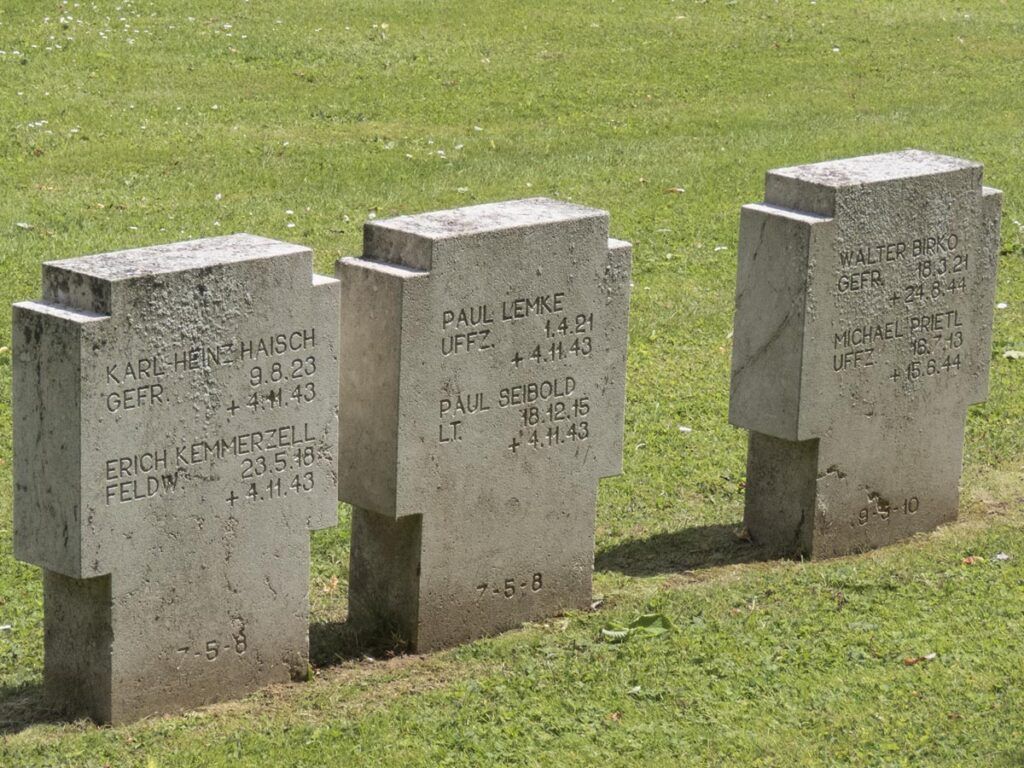
Local French citizens, despite suffering under occupation, have respected this site as part of the complex healing process after the war.
Discovering the Cemetery Grounds
The Champigny-Saint-André German War Cemetery offers visitors a solemn space for reflection and remembrance. The grounds are thoughtfully designed to honor the nearly 20,000 German soldiers who lost their lives during World War II in Normandy.
Understanding the Layout
The cemetery spans a large area about 5 kilometers south of Saint-André-de-l’Eure. As you enter, you’ll notice the meticulous organization of the grounds. Row upon row of dark stone crosses mark individual graves, creating a powerful visual impression.
The cemetery contains 19,809 individual graves of German soldiers. There’s also a mass grave that holds the remains of 816 soldiers whose identities could not be determined.
The grounds follow traditional German cemetery design with its orderly layout and dignified simplicity. Unlike Allied cemeteries, German war cemeteries typically emphasize collective remembrance rather than individual glorification.
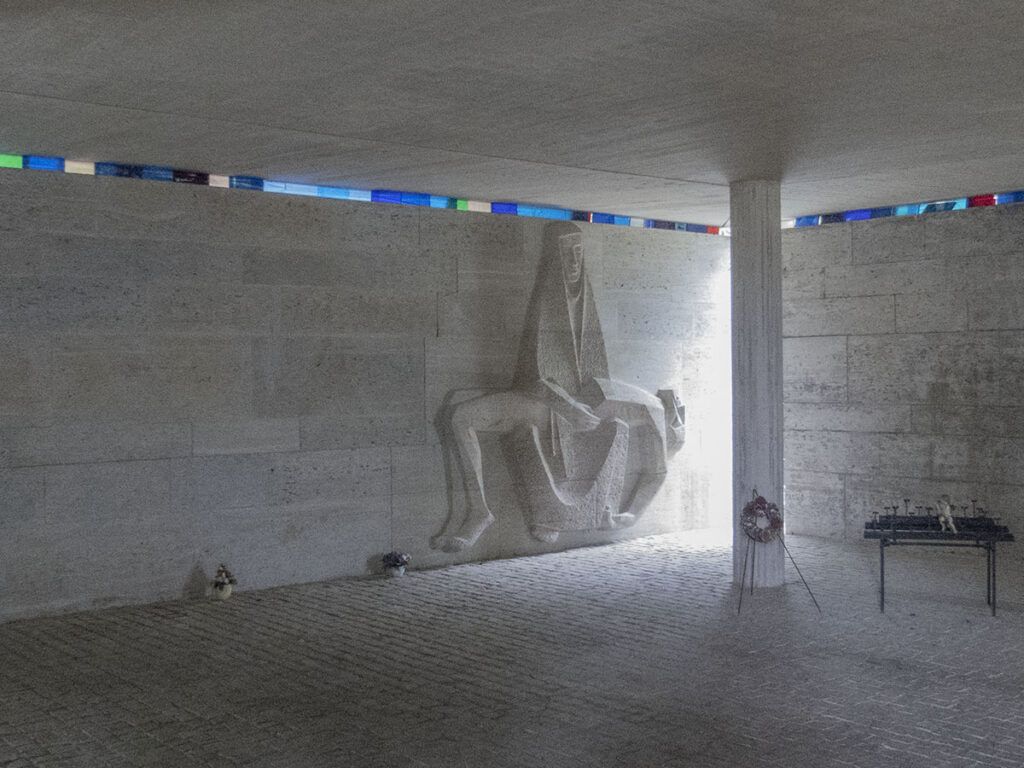
Low maintenance trees and shrubs create natural boundaries throughout the grounds. This landscaping choice reflects the German tradition of integrating cemeteries with natural surroundings.
Monuments and Memorials
At the center of the cemetery stands the main memorial structure. This modest monument honors the fallen without glorifying war, in keeping with post-war German memorial traditions.
You’ll find informational panels throughout the grounds that provide historical context about the battles in Normandy. These panels help visitors understand the circumstances that led to such significant losses.
The names of the deceased are carefully inscribed, preserving their memory for future generations. Many graves feature simple stone markers rather than large monuments.
Unlike some war cemeteries, Champigny-Saint-André focuses on reconciliation rather than triumph. This reflects the European approach to war memorials that has evolved since WWII.
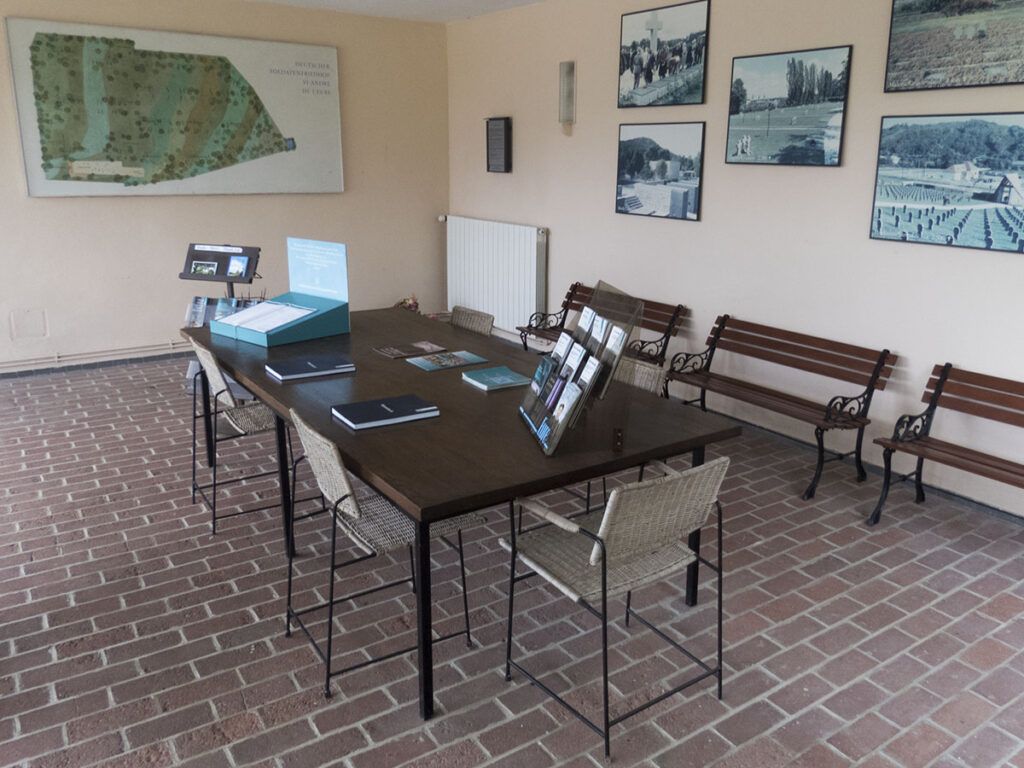
Take time to observe the subtle symbolic elements incorporated into the design. The entire site serves as a powerful reminder of the human cost of war.
Planning Your Visit
Visiting Champigny-Saint-André German War Cemetery requires some planning to ensure a meaningful experience. The cemetery’s peaceful setting between Evreux and Dreux provides a solemn place to reflect on the 19,809 German soldiers buried there from World War II.
Best Time to Visit
The cemetery is accessible year-round, but weather significantly affects your experience. Autumn offers particularly favorable conditions with mild temperatures and fewer tourists. September and October provide colorful foliage that adds to the contemplative atmosphere.
Morning visits often provide the most serene experience when the grounds are quieter. If possible, avoid weekends when more visitors are present. The cemetery is typically open from 8:00 AM to 7:00 PM during summer and 8:00 AM to 5:00 PM in winter months.
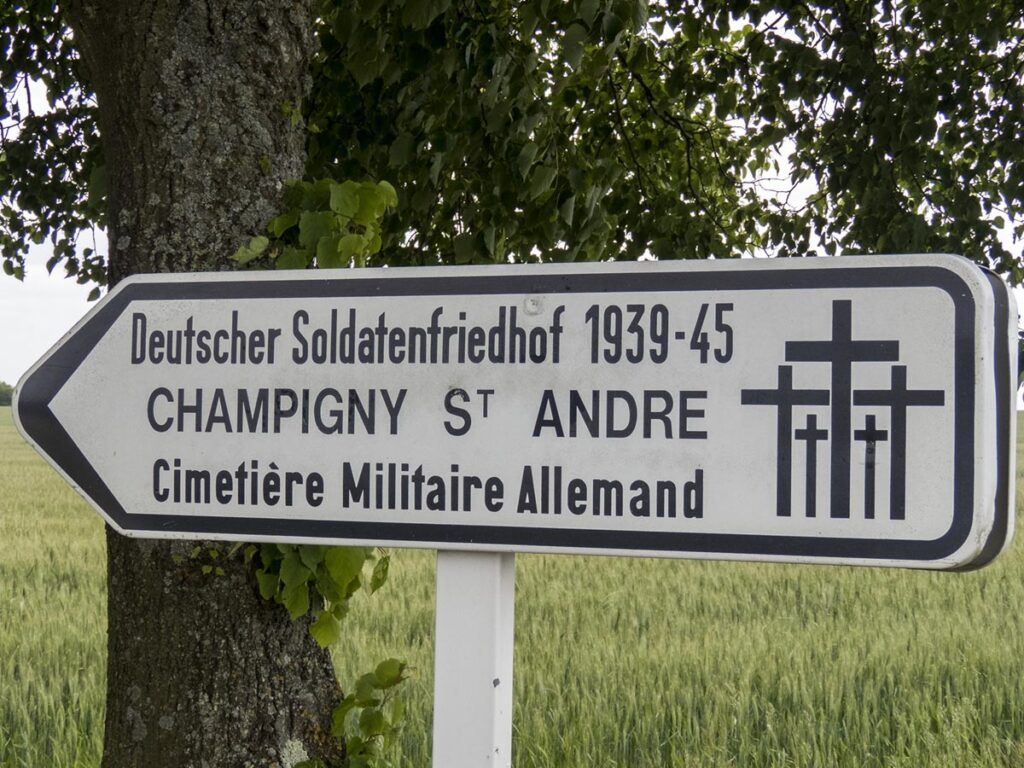
Remember to check for any special commemorative events that might coincide with your visit, especially around May 8th (VE Day) or November 11th (Armistice Day).
Travel and Accommodation
The cemetery is located approximately 80 km west of Paris and about 100 km east of Rouen, making it accessible as a day trip from either city. If driving from Paris, take the A13 highway toward Normandy and allow about 1.5 hours for the journey.
Public transportation options are limited, so renting a car is your best option. Several car rental agencies operate at Paris airports and in Rouen city center.
For accommodations, consider staying in:
- Evreux (15 km away) – Offers mid-range hotels and B&Bs
- Dreux (25 km away) – Several comfortable options available
- Paris or Rouen – If you’re planning just a day trip
Small local inns near Champigny-la-Futelaye provide an authentic Norman experience if you prefer staying closer to the cemetery.
Visitor Resources
When visiting Champigny-Saint-André German War Cemetery, several resources can help deepen your understanding of this solemn site. You’ll find various options for guided experiences and educational materials to enhance your visit.
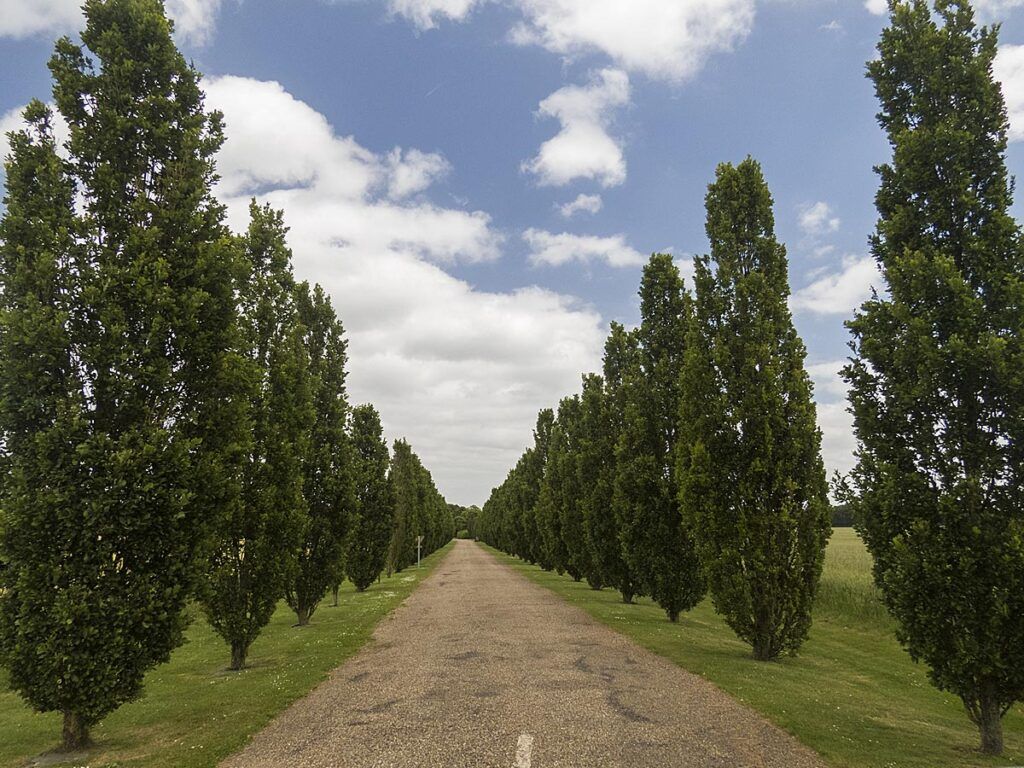
Guided Tours and Information Centers
While the cemetery itself doesn’t have a permanent staffed visitor center, you can find information about guided tours at the tourist office in nearby Saint-André-de-l’Eure. These tours provide valuable historical context about the 19,809 German soldiers buried here.
For a more comprehensive experience, consider contacting the Normandy Tourist Board in advance of your visit. They can arrange specialized cemetery tours with knowledgeable guides who explain the significance of this site within the broader Normandy campaign.
Self-guided options are also available. Look for the informational panels near the entrance that outline the cemetery’s history and significance. These panels are available in multiple languages including English, French, and German.
Recommended D-Day Tours from Paris:
- From Paris: Normandy D-Day Beaches Day Trip
- From Paris: 2-Day Normandy & Brittany Tour
- Normandy American D-Day Experience (From Bayeux Station)
Recommended D-Day Tours from Bayeux:
- From Bayeux: American D-Day Sites in Normandy Full-Day Tour
- From Bayeux: American D-Day Sites in Normandy Half-Day Tour
- From Bayeux: Half-Day Normandy WWII Sidecar Tour
- Full-Day US Battlefields of Normandy Tour from Bayeux
Recommended Private D-Day Tours:
- From Paris: Normandy D-Day Landing Beaches Full-Day Tour
- From Rouen: Normandy D-Day Beaches Private Full-Day Tour
- Private Tour: Rouen, Bayeux, and Falaise Day Trip from Bayeux
- Normandy WWII Private Half-day Sidecar Tour From Bayeux
Recommended Band of Brothers Tours:
Available Reading Materials
Before your visit, you might want to pick up a guidebook about World War II sites in Normandy. Many include sections dedicated to the German military cemeteries, providing historical context for your visit.
The German War Graves Commission (Volksbund Deutsche Kriegsgräberfürsorge) offers a free downloadable eBook about their Normandy cemeteries, including Champigny-Saint-André. This resource includes maps, historical photos, and detailed information about the cemetery’s establishment.
Local bookshops in Évreux and other Normandy towns often stock specialized books on regional WWII history. Some visitors find that reading personal accounts of the Normandy campaign provides a more intimate understanding of the soldiers laid to rest here.
Nearby Attractions
While visiting the Champigny-Saint-André German War Cemetery, you’ll find several fascinating sites within driving distance. The Normandy region offers rich historical experiences alongside cultural venues that provide deeper context to the area’s complex past.
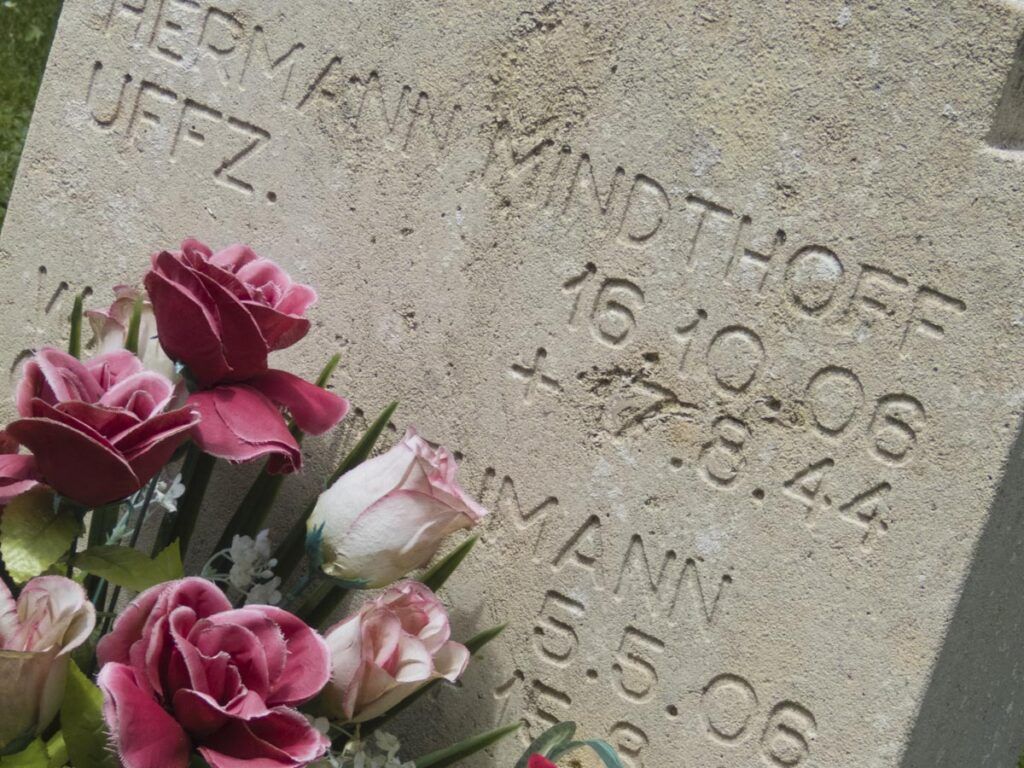
Historic Sites in Normandy
Normandy is packed with meaningful historic sites just a short drive from the cemetery. The D-Day beaches lie about 90 minutes north, where you can walk the same shores where Allied forces landed in June 1944.
Giverny, home to Claude Monet’s house and gardens, is nearby and offers a peaceful contrast to war memorials. Many visitors enjoy the skip-the-line walking tours available here.
In Saint-Andre-de-l’Eure, just minutes away, you’ll find the beautiful Eglise de Saint André, a charming church worth exploring. The town’s communal cemetery also contains war graves.
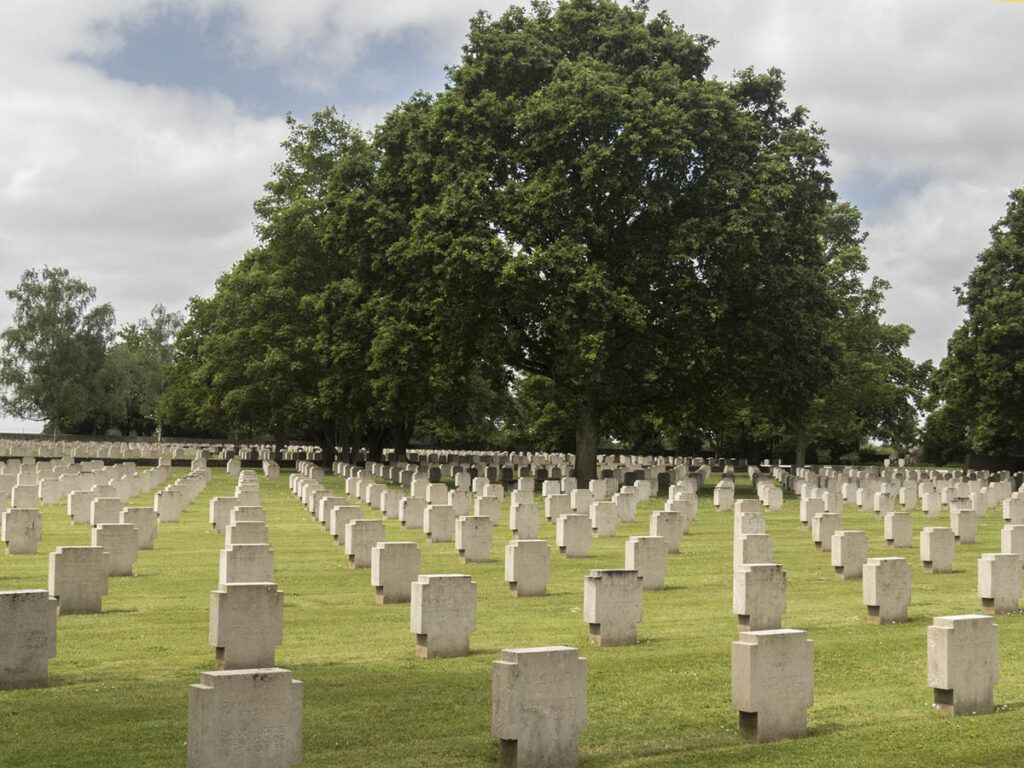
The entire Normandy region offers an “Explore Normandy Pass” that provides discounts to over 60 D-Day sites and museums for just 1€.
Cultural Venues in Rouen
Rouen, about an hour’s drive from the cemetery, offers incredible cultural experiences. The magnificent Rouen Cathedral dominates the city center with its Gothic architecture and connection to Joan of Arc.
The city houses several museums detailing Normandy’s rich history. Former religious buildings repurposed as cultural spaces include former Ursuline and Jesuit institutions that now showcase art and regional history.
Rouen’s pedestrian-friendly old town features half-timbered buildings and charming cafés where you can rest between visits. The city’s museums often display artifacts from both world wars, providing context to what you’ve seen at the cemetery.
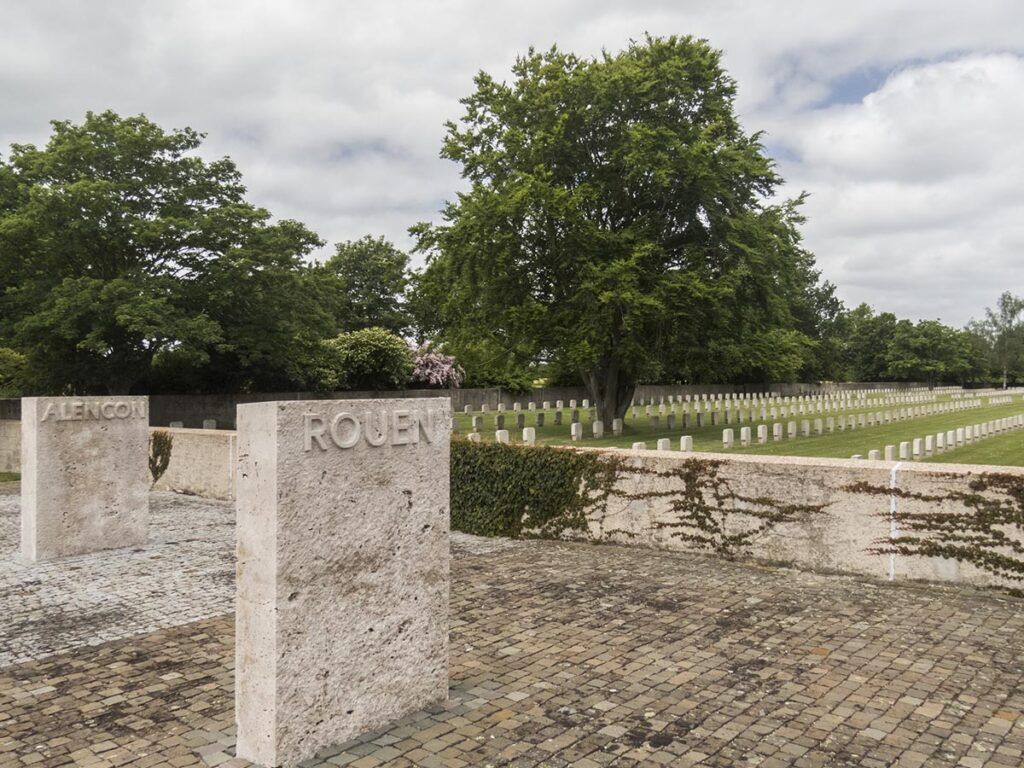
Don’t miss the Gros Horloge (Great Clock) and the Church of Saint-Maclou while exploring this beautiful Norman city.
Why It’s Worth Visiting
The Champigny-Saint-André German War Cemetery offers visitors a powerful opportunity for reflection and remembrance. As the largest German cemetery in France, it contains nearly 20,000 graves of German soldiers who lost their lives during World War II.
Walking among the dark crosses and trees creates a somber yet peaceful atmosphere. This site serves as an important reminder of the human cost of war, regardless of nationality.
The cemetery represents an important chapter in post-war reconciliation between France and Germany. Following agreements in 1954, remains of German soldiers were gathered here from about 1,400 different locations across the region.
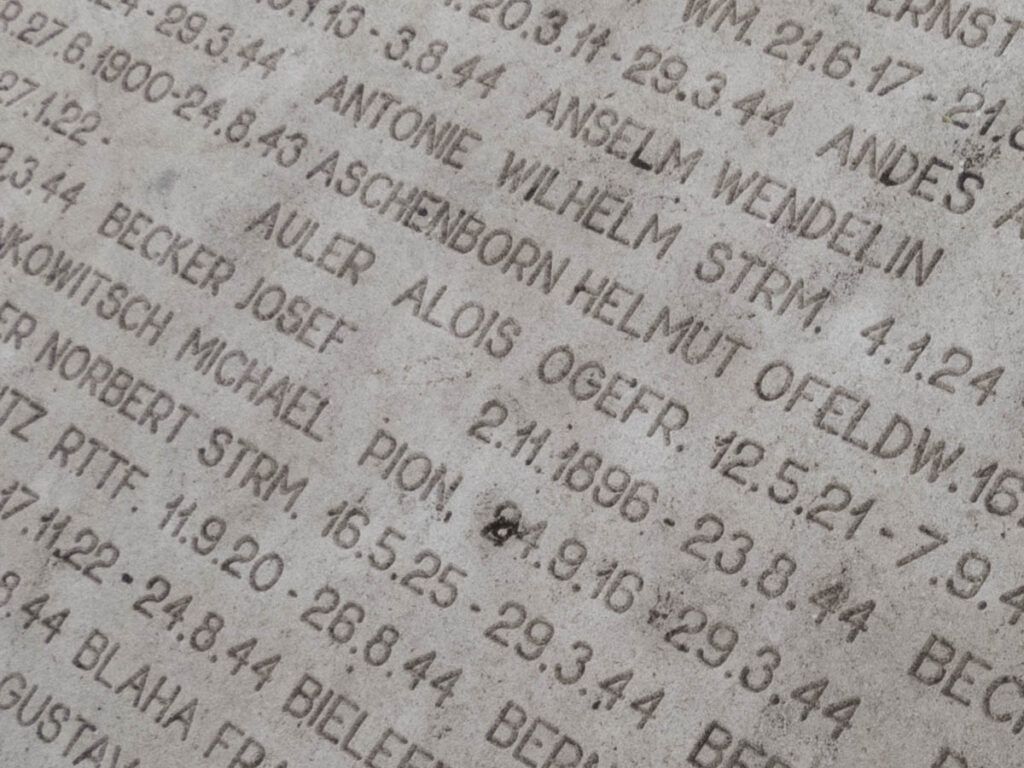
Key reasons to visit:
- Historical significance
- Peaceful grounds for reflection
- Symbol of Franco-German reconciliation
- Educational opportunity
You’ll find the cemetery beautifully maintained, with rows of dark markers creating a striking visual impression. The mass grave containing 816 remains serves as a particularly poignant memorial.
Unlike crowded tourist attractions, this site offers a quiet space for contemplation. You can walk the grounds at your own pace, taking time to absorb the historical significance.
For those interested in World War II history, this cemetery provides valuable context about the aftermath of the Normandy campaign and its impact on both military personnel and the surrounding region.

